Kenya - A Wildlife Photographers Dream
Without doubt, Kenya is one of the best destinations for wildlife photography in the world. The diverse habitats range from desserts, savannahs, forests and semi-dry, vast landscapes. With a dense wildlife population, Kenya has a lot of photographic opportunities.
We would like to give you a short overview of some of Kenya’s best photographic locations. So you will get an overview on the different areas, what makes them special and what kind of shots you can get visiting the different locations.
The Masai Mara

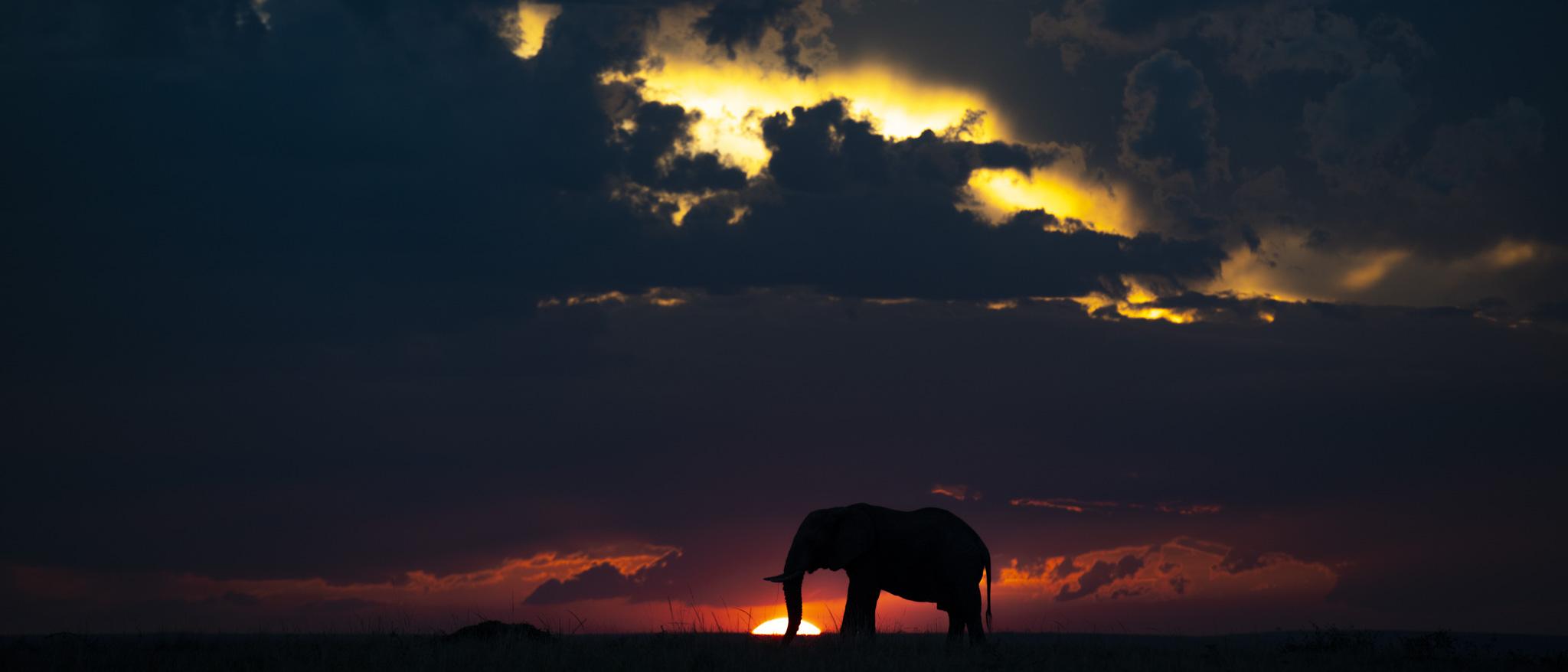
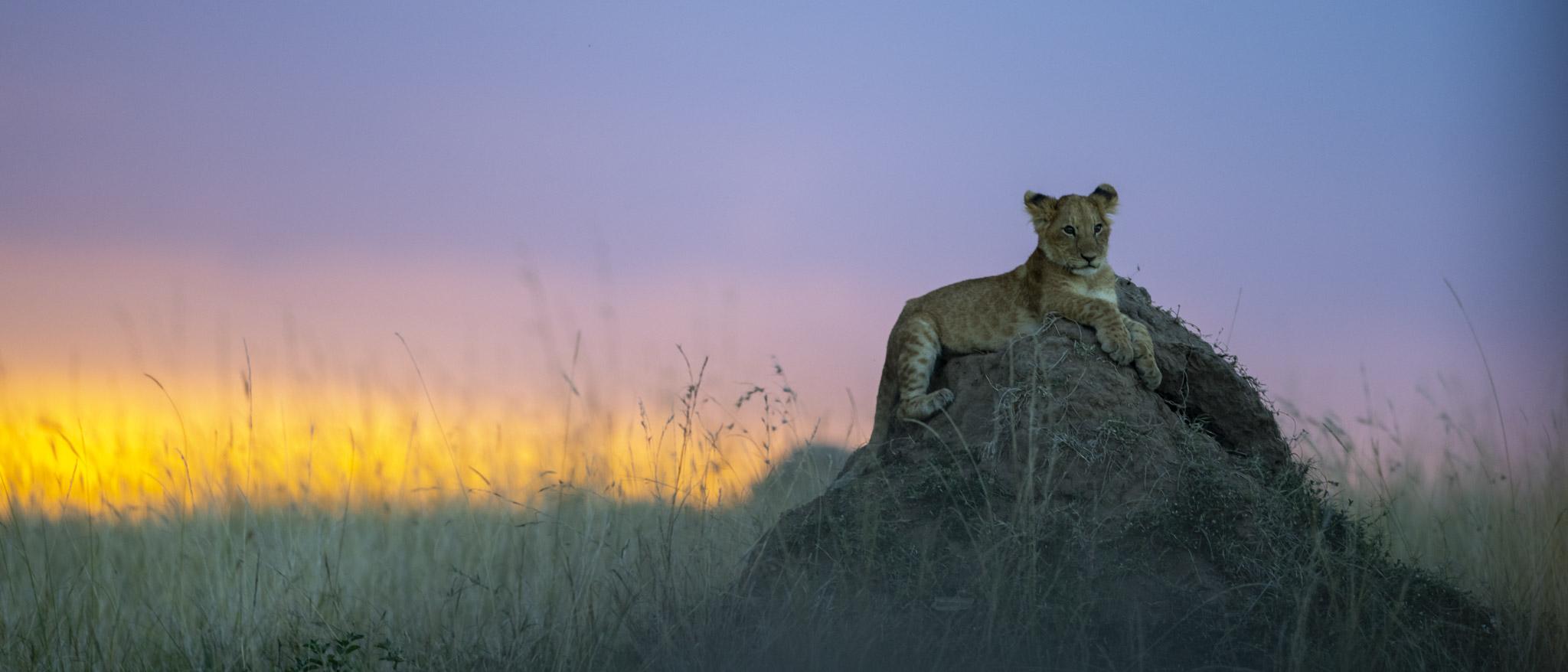


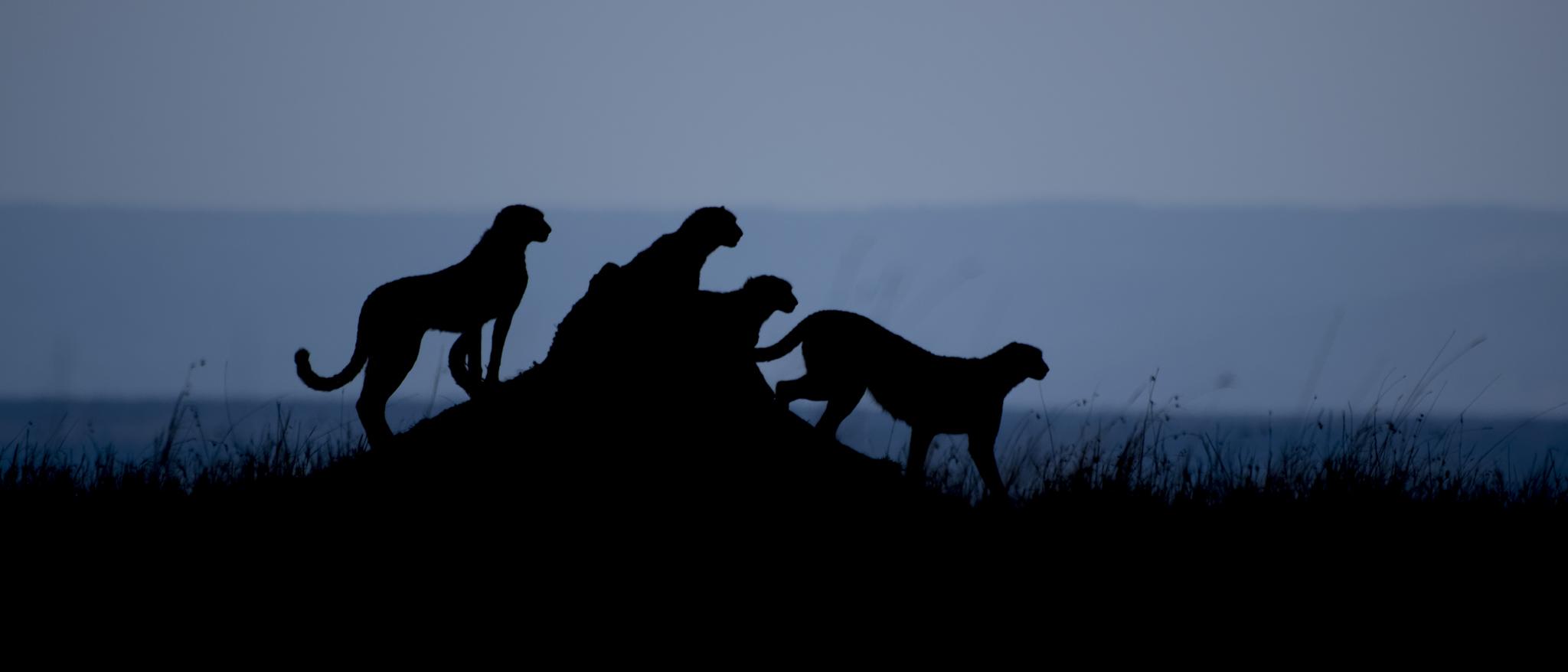
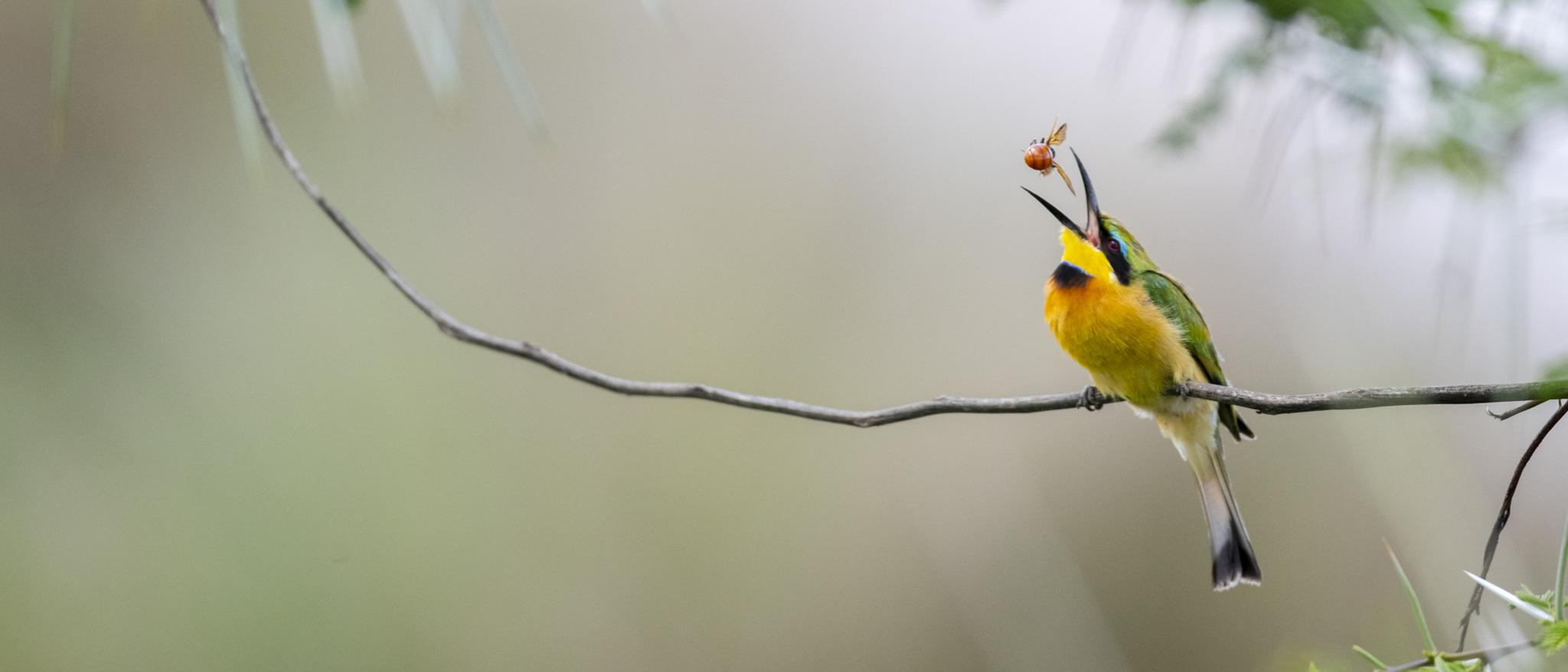

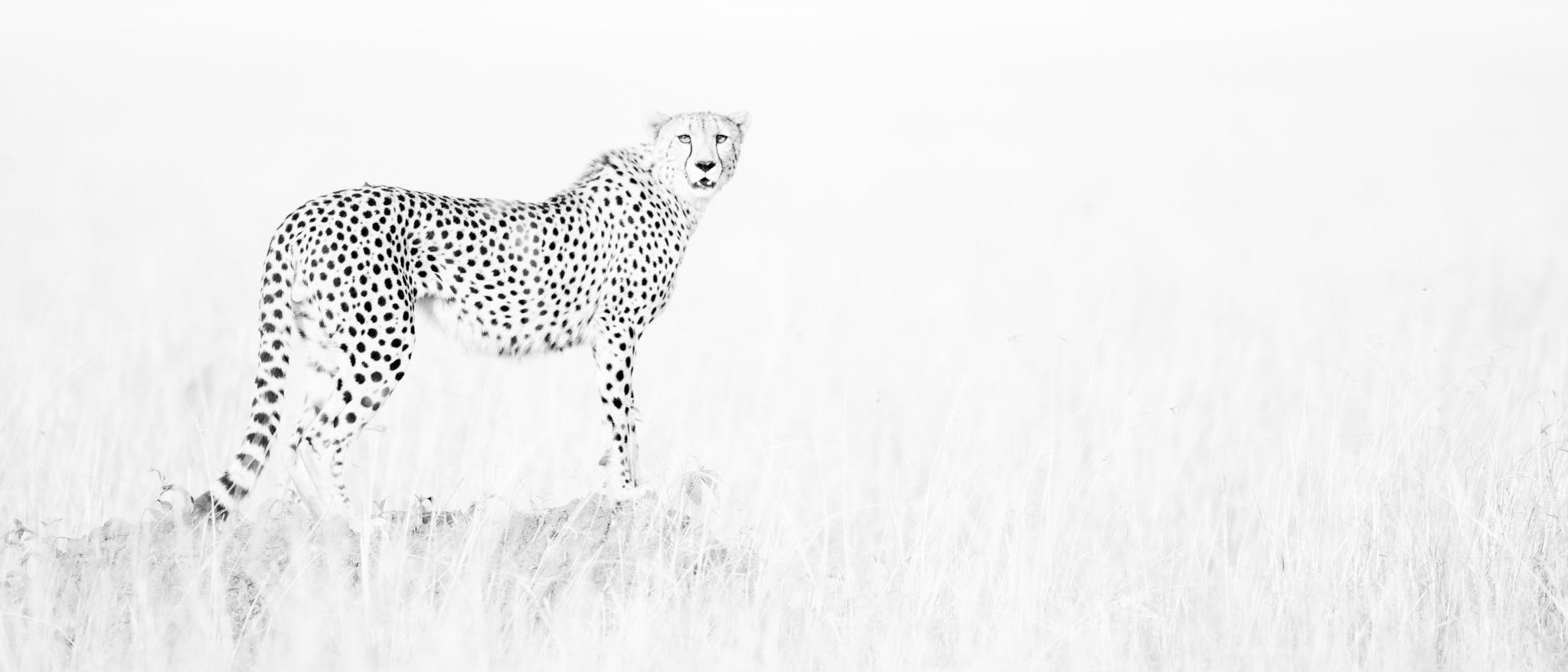
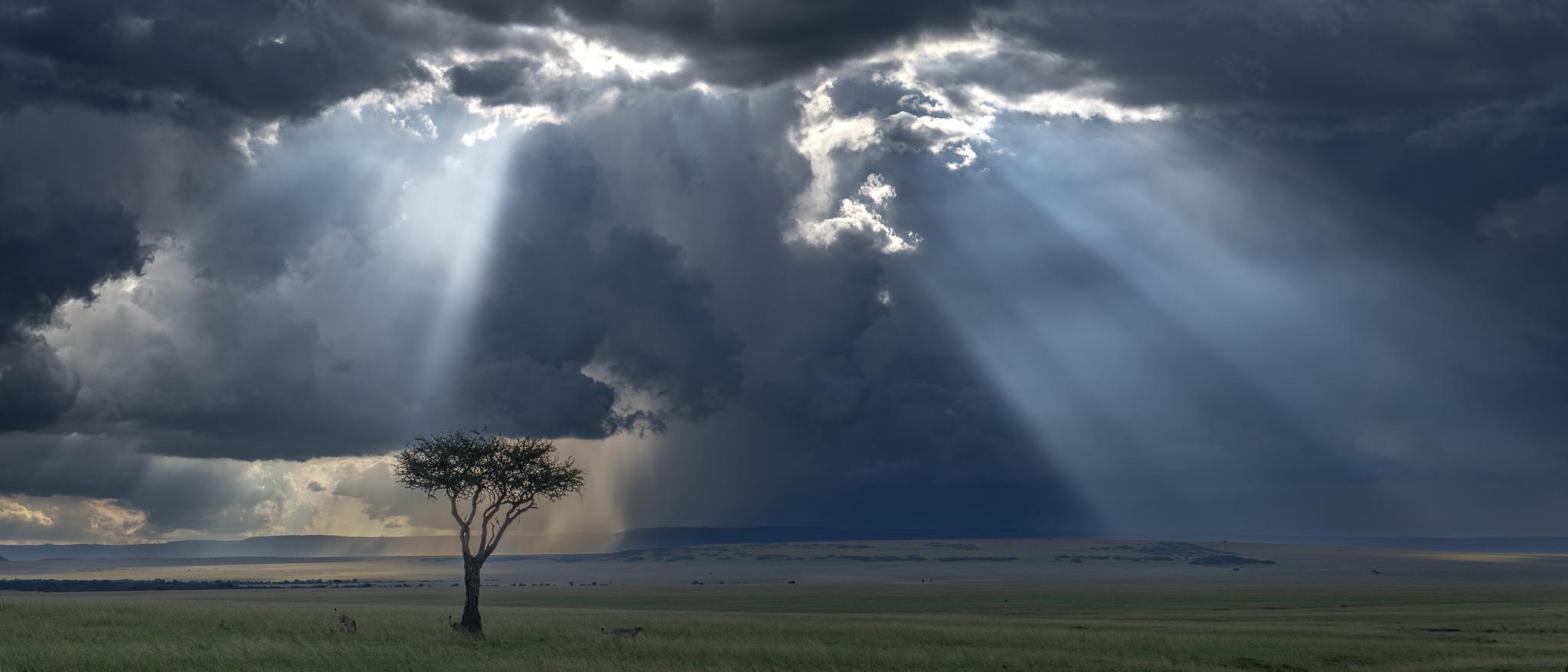
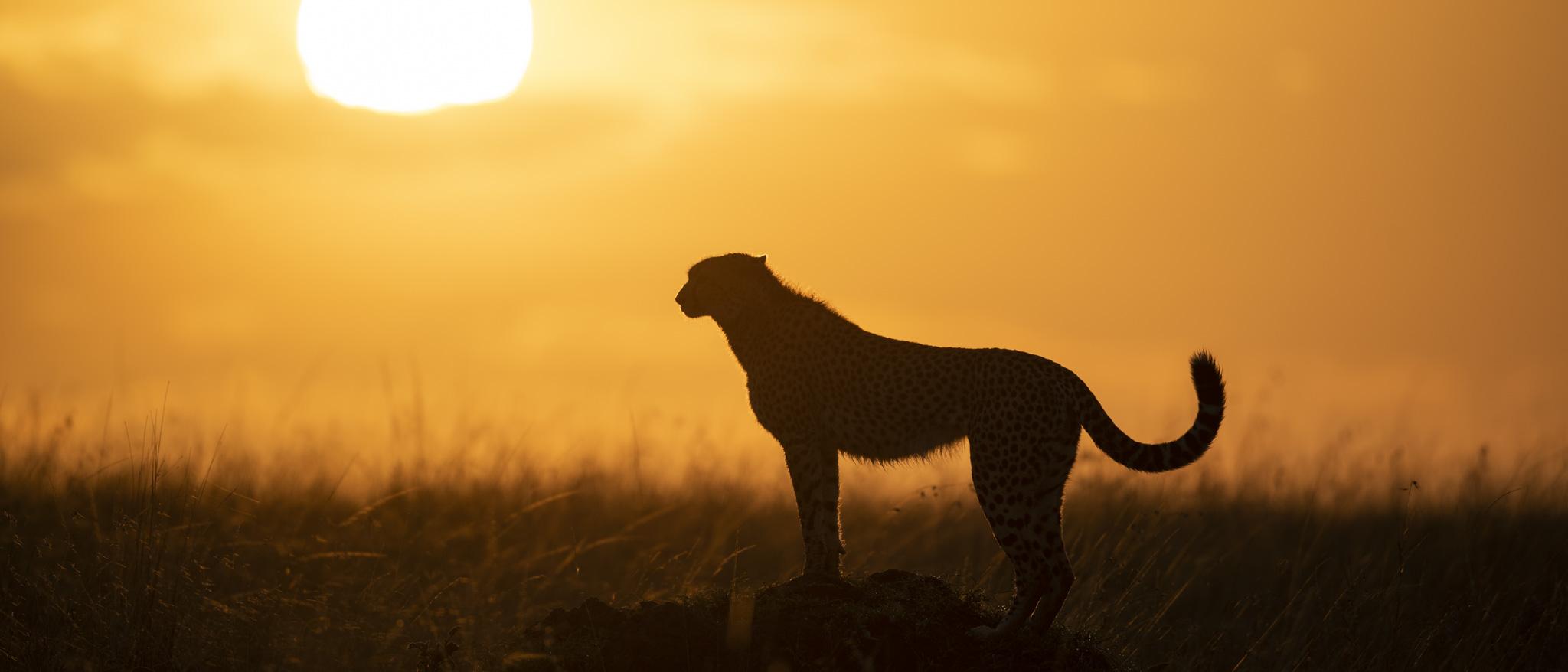
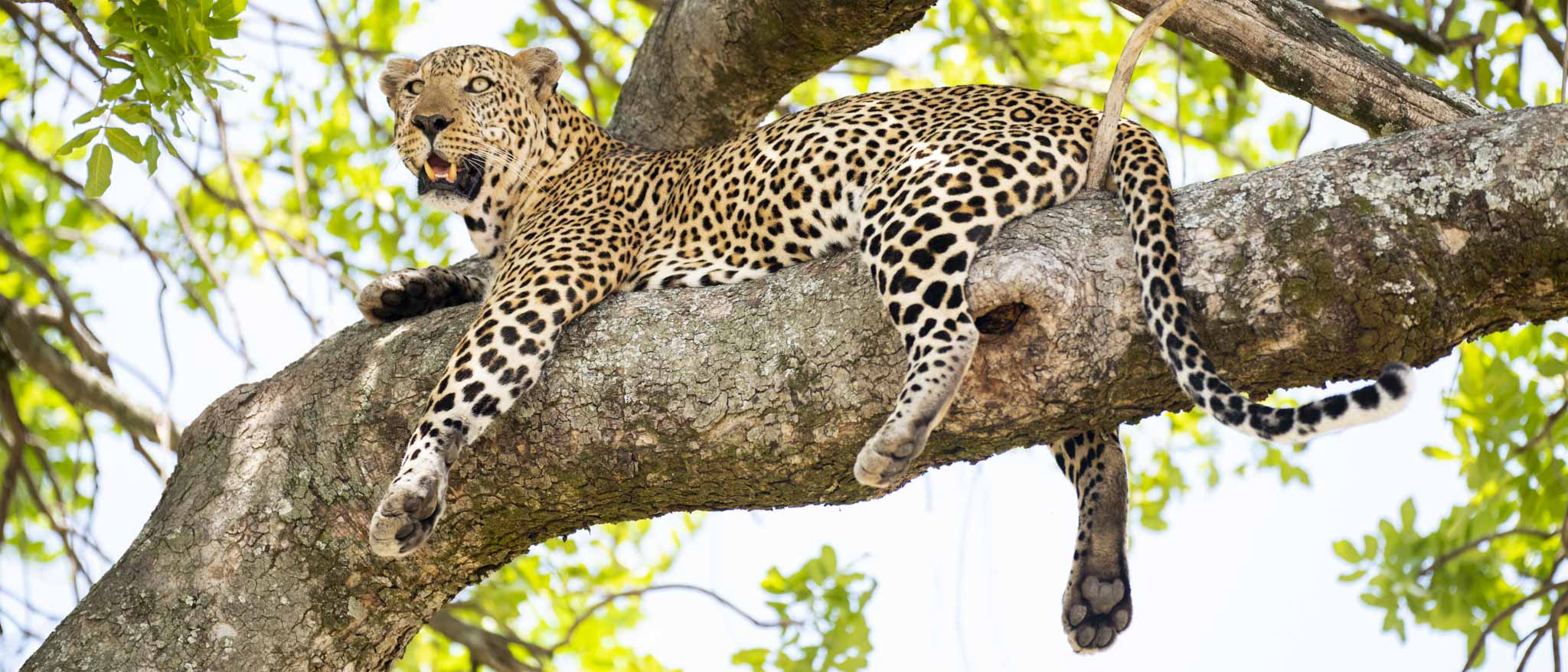
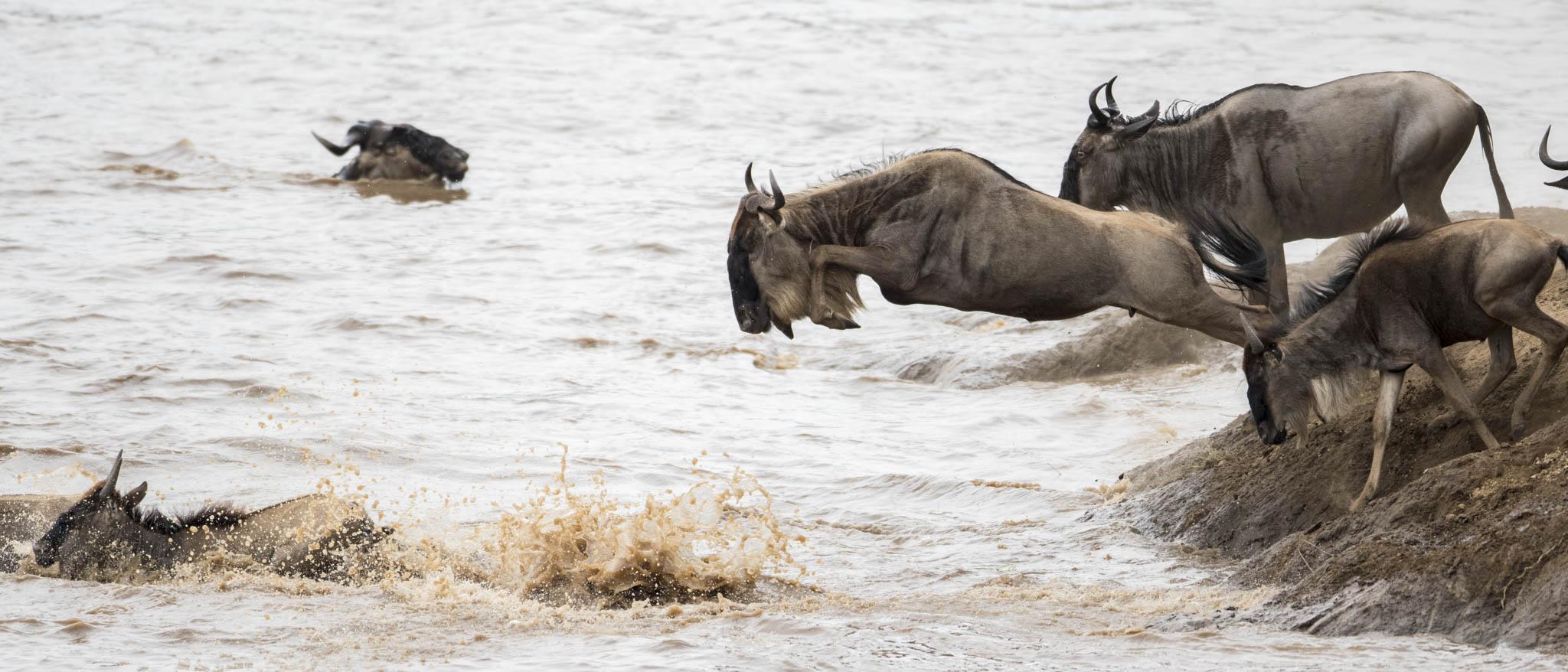
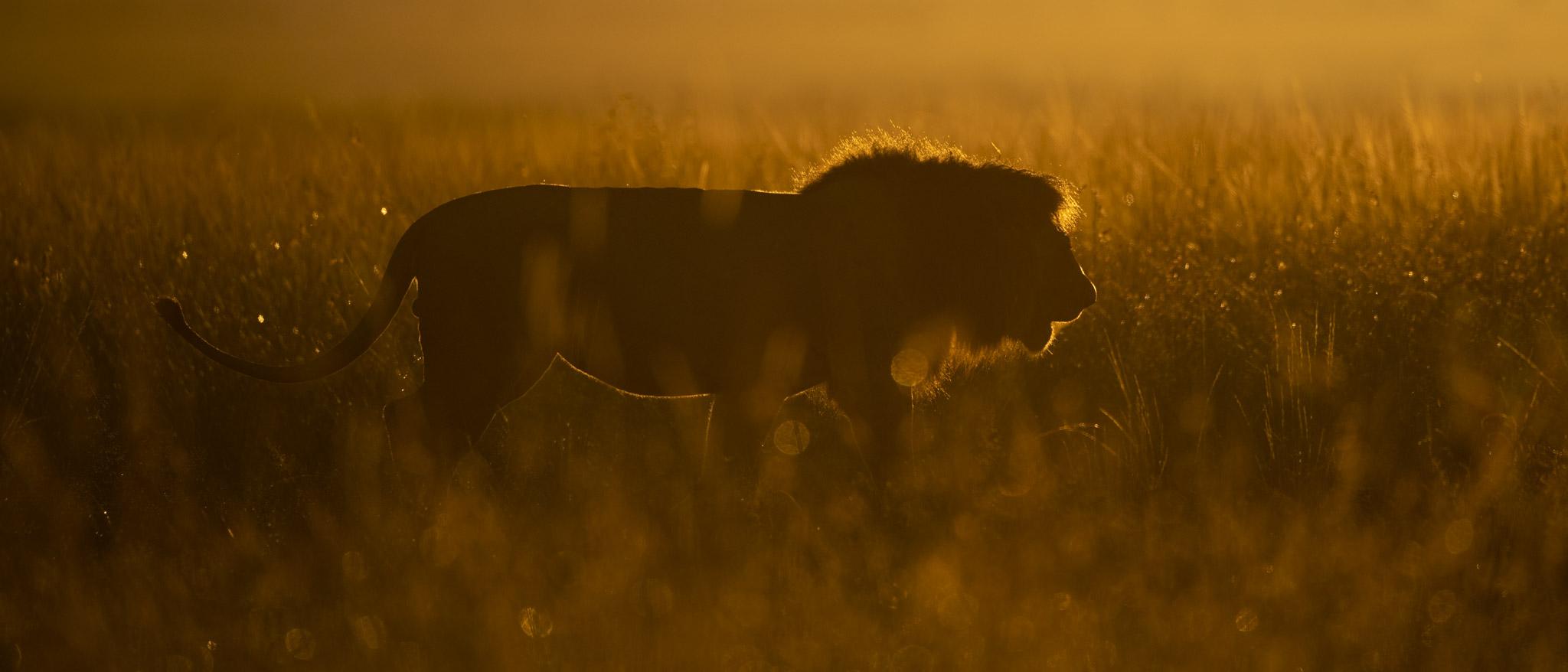
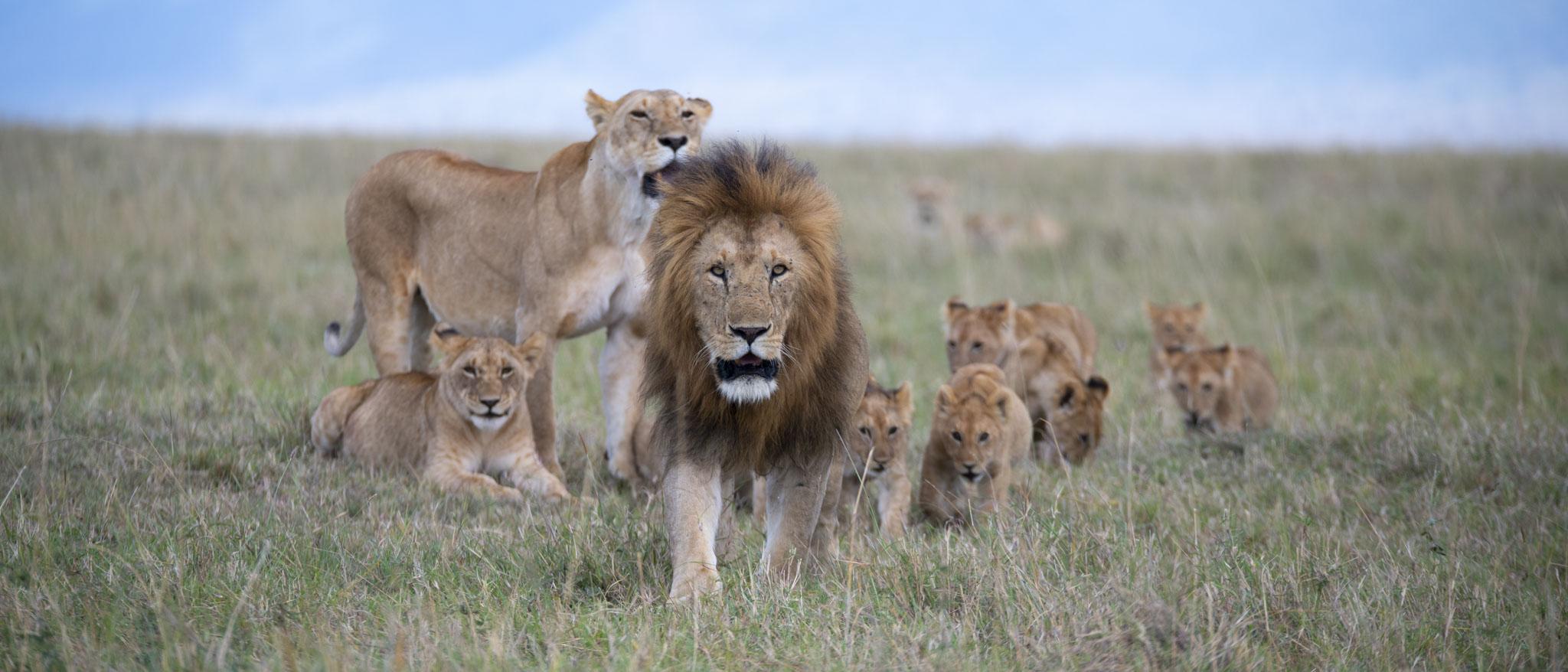

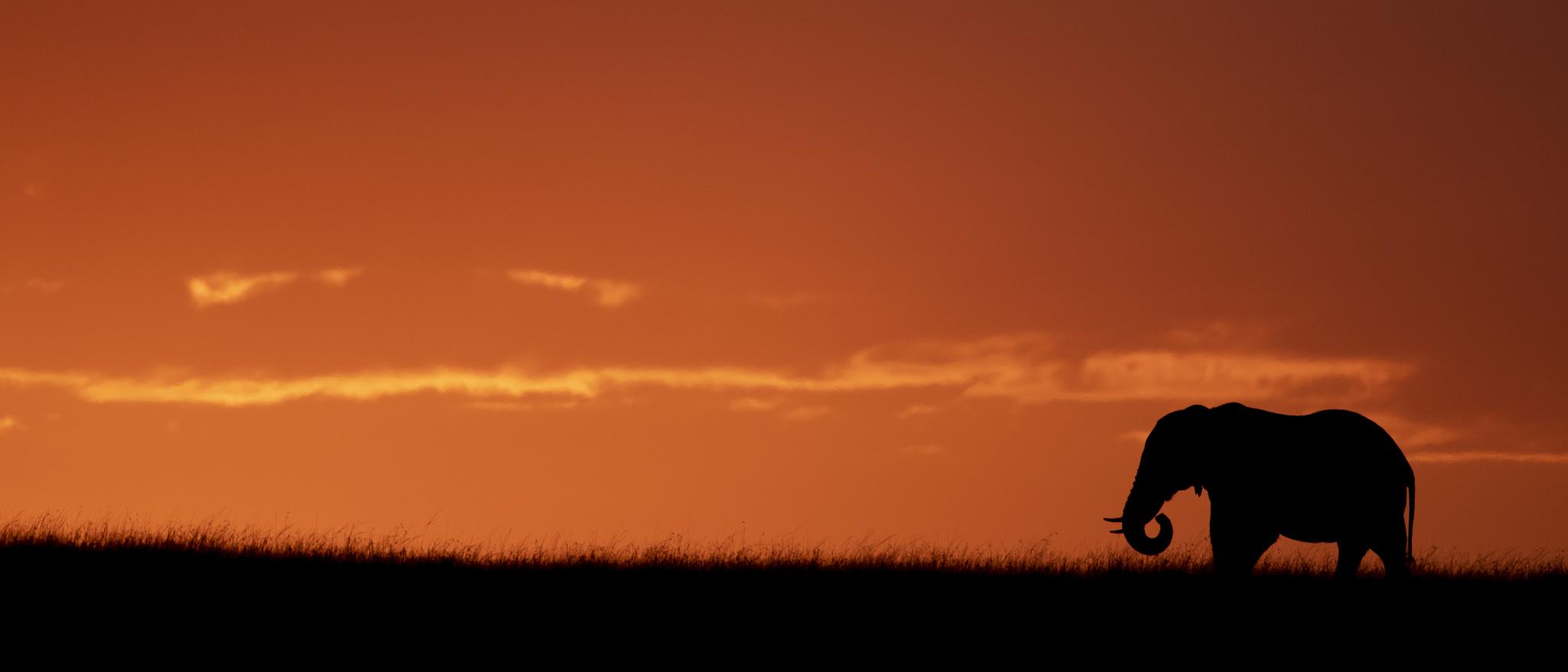
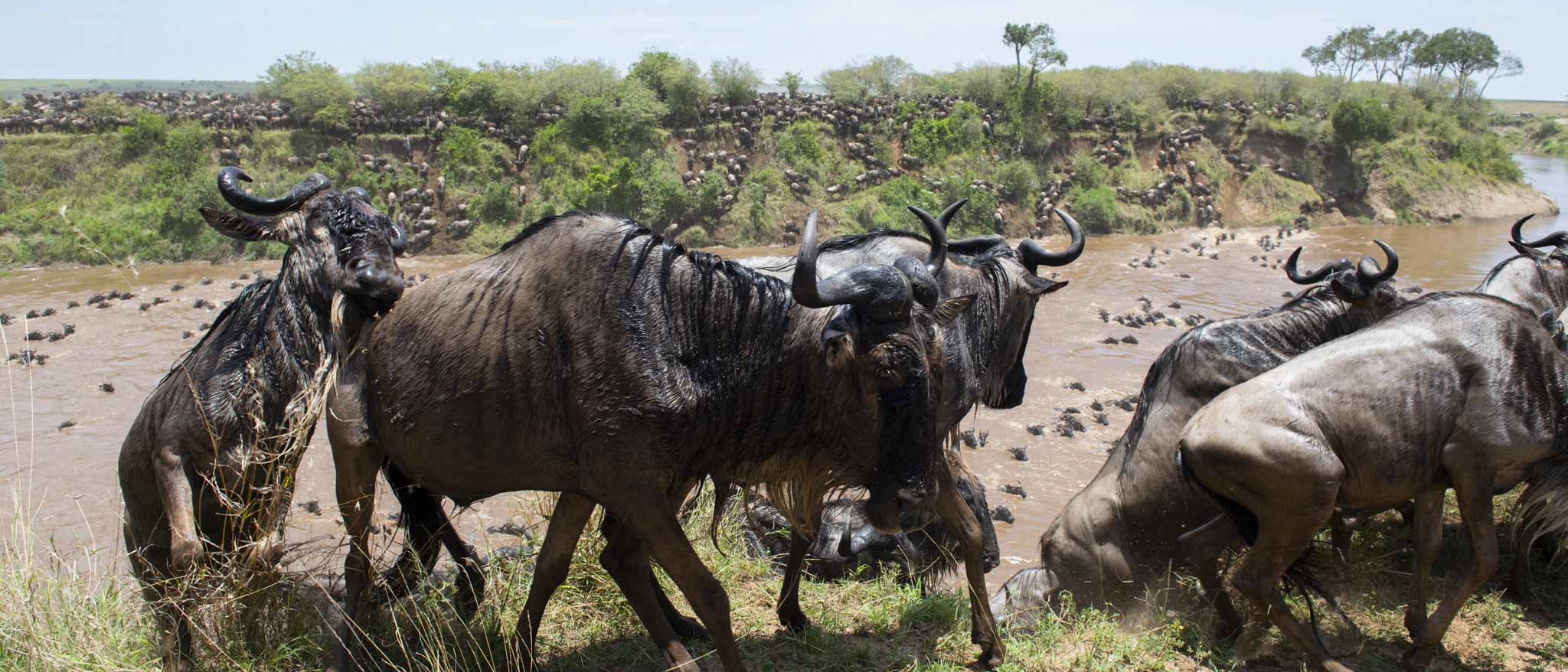
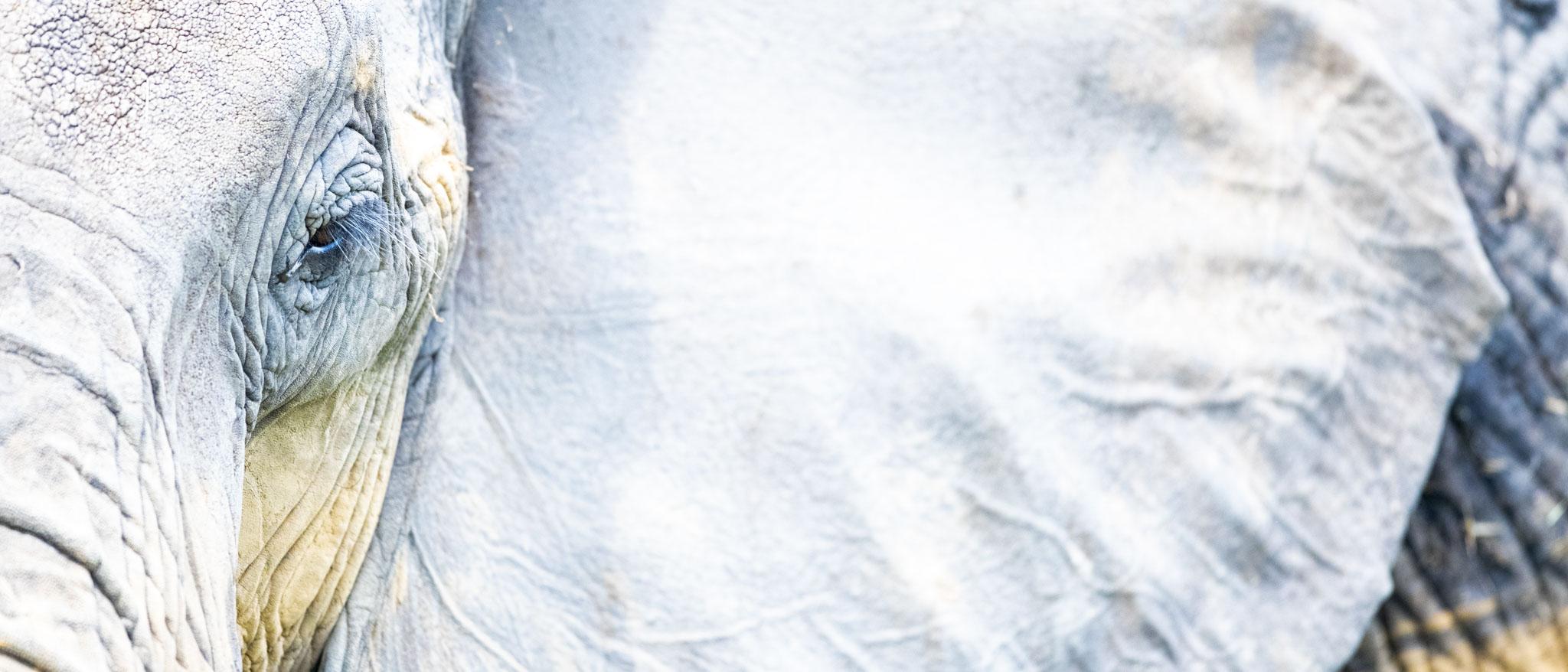

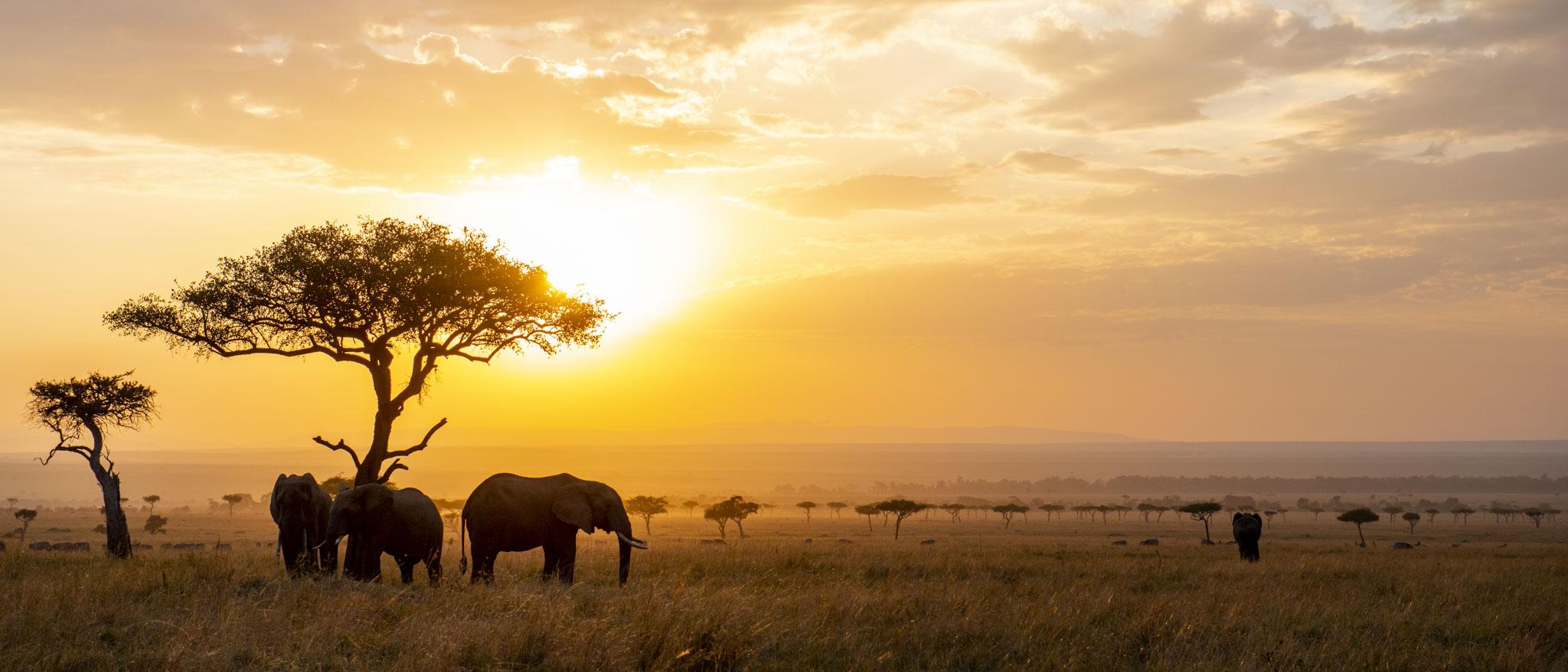
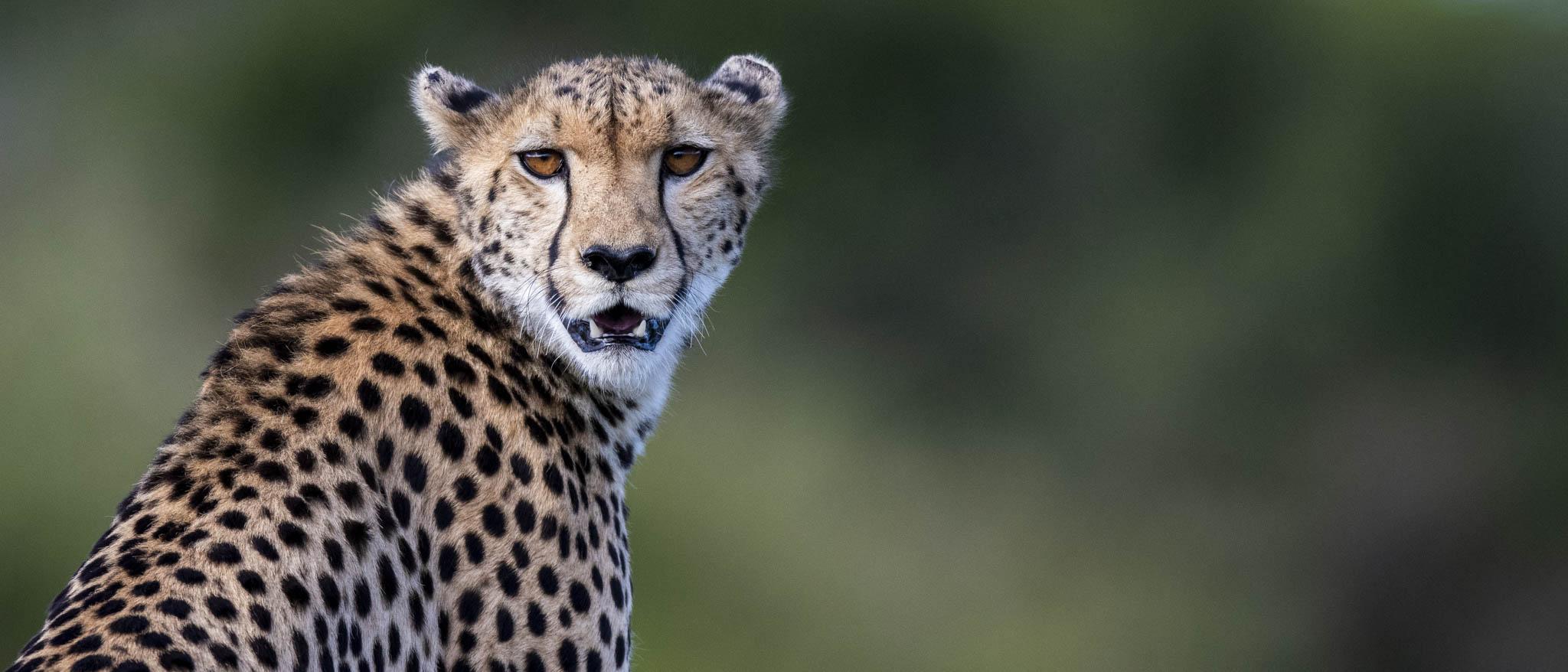

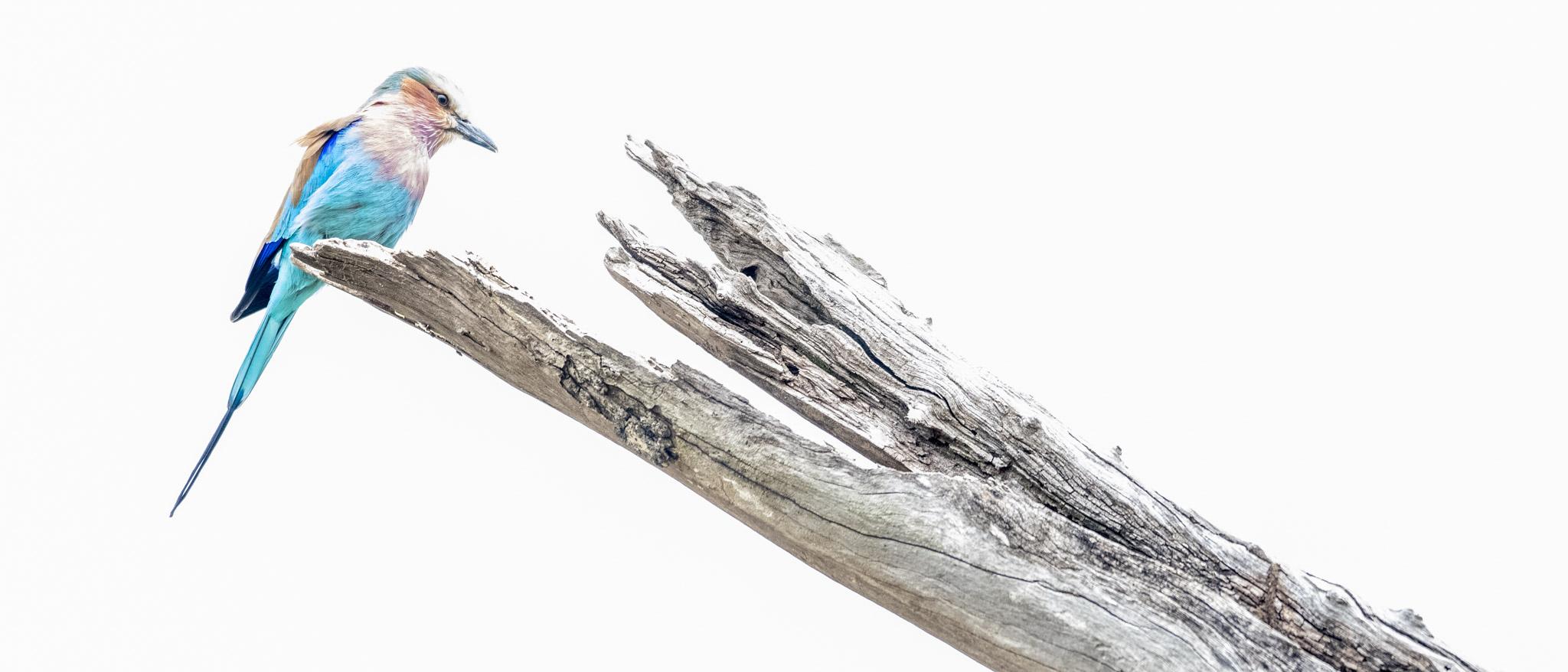
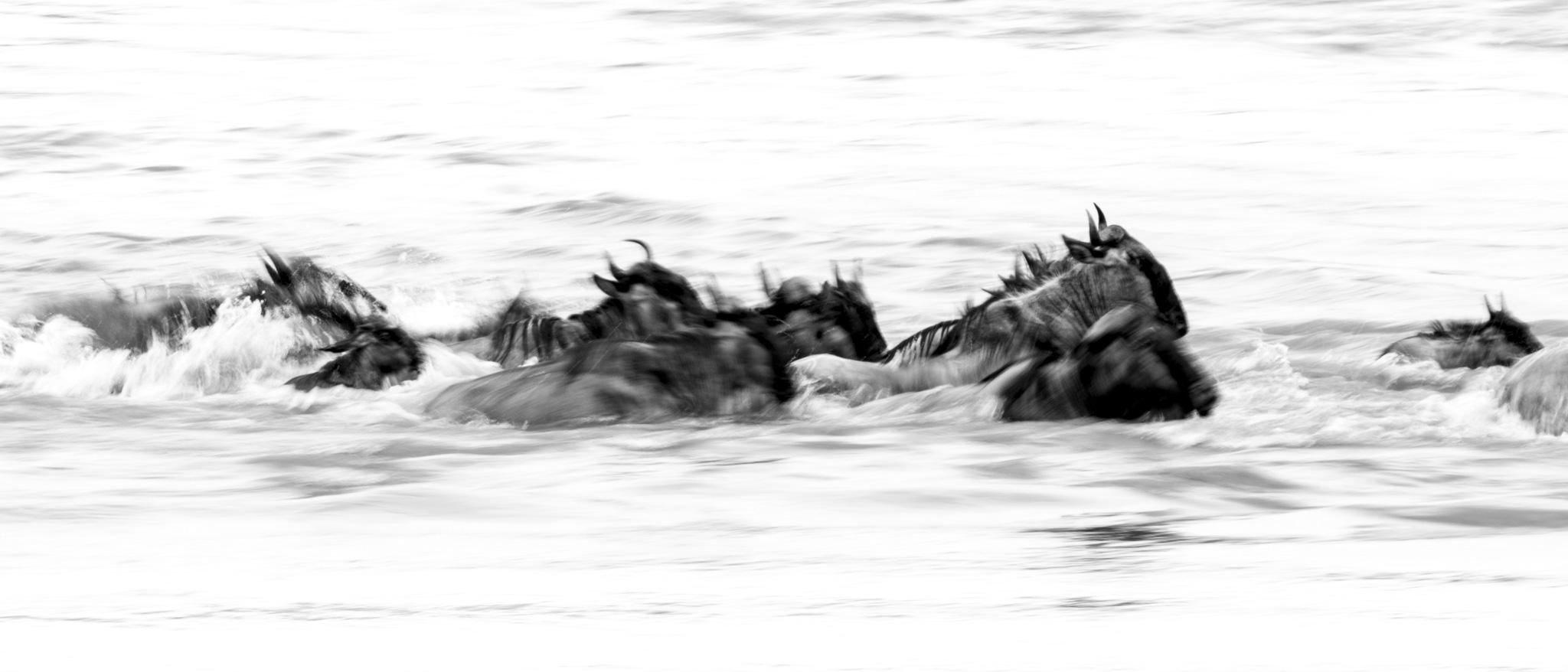
The Masai Mara is without doubt one of the most known photographic locations in Africa. The dense number of big cats and the legendary Great Migration are the highlights you can encounter on your adventure to the Mara.
The Masai Mara has one of Africa’s most dense Big Cat populations. Especially lions are roaming the open savannah in big numbers. The sizes of the different prides in the Mara vary from five to twenty-six family members. Right now, there are two big super prides in the Mara which are specialized in hunting big prey like buffalos and hippos. Most of Mara’s lion prides are ruled by two or more big, dark maned males. In the past there were coalitions of males up to six strong. A phenomenon rarely witnessed in other parts of Africa.
The Masai Mara has a good population of plains game and some of the biggest Nile crocodiles in the world. Some reaching a length of six meters and a weight of more than eight hundred kilos!
The birdlife in the Masai Mara is also really good and bird photographers will enjoy the more than 470 different bird species. From small bee-eaters to Africa’s biggest eagle, the Martial Eagle, the Mara has a lot to offer. You will also find the endangered Southern Ground Hornbill amongst many other big and small birds on your game drives.
During the months of July to end of October, the Masai Mara is home to one of the greatest nature spectacles in the world: The Great Migration! Millions of wildebeest, zebras and smaller antilopes and gazelles are grazing the open plains during this time. In search of fresh pastures, they will face one of Africa’s most dangerous rivers – the Mara River. Here, the big crocodiles are lurking at the crossing points, waiting for the herds to cross the river.
The Masai Mara is also one of the best places in the world to photograph cheetahs. Even with a declining cheetah population in Africa, the Masai Mara still has a good number of them. And photographing them hunting the Thomsons and other small gazelles can be very exciting.
We love visiting the Masai Mara in the rainy months as well. Here you will find dramatic skies and very often some wonderful light conditions. With sunlit foregrounds and dark backgrounds, photographing during the rainy months can get you some spectacular images.
The Masai Mara offers excellent photographic sightings the whole year-round and if you are into the big cats, the Mara is definitely the place to go to!
Photographic Highlights:
- High numbers of different cats - Lions, Leopards, Cheetah, Serval Cats...
- The Great Migration
- High number of different bird species
- Beautiful savanna landscape
- Cheetah hunting
- Big Male Lions / Coalitions
- Lion, cheetah and leopard cubs
- During the rainy months: Dark skies, thunderstorms, dramatic light
- Animal Silhouettes
Season:
- You can visit the Masai Mara all year round
- The Great Migration: July - October
- Rainy season: April - July / October - November
Interested in visiting the Masai Mara?
Amboseli Eco System
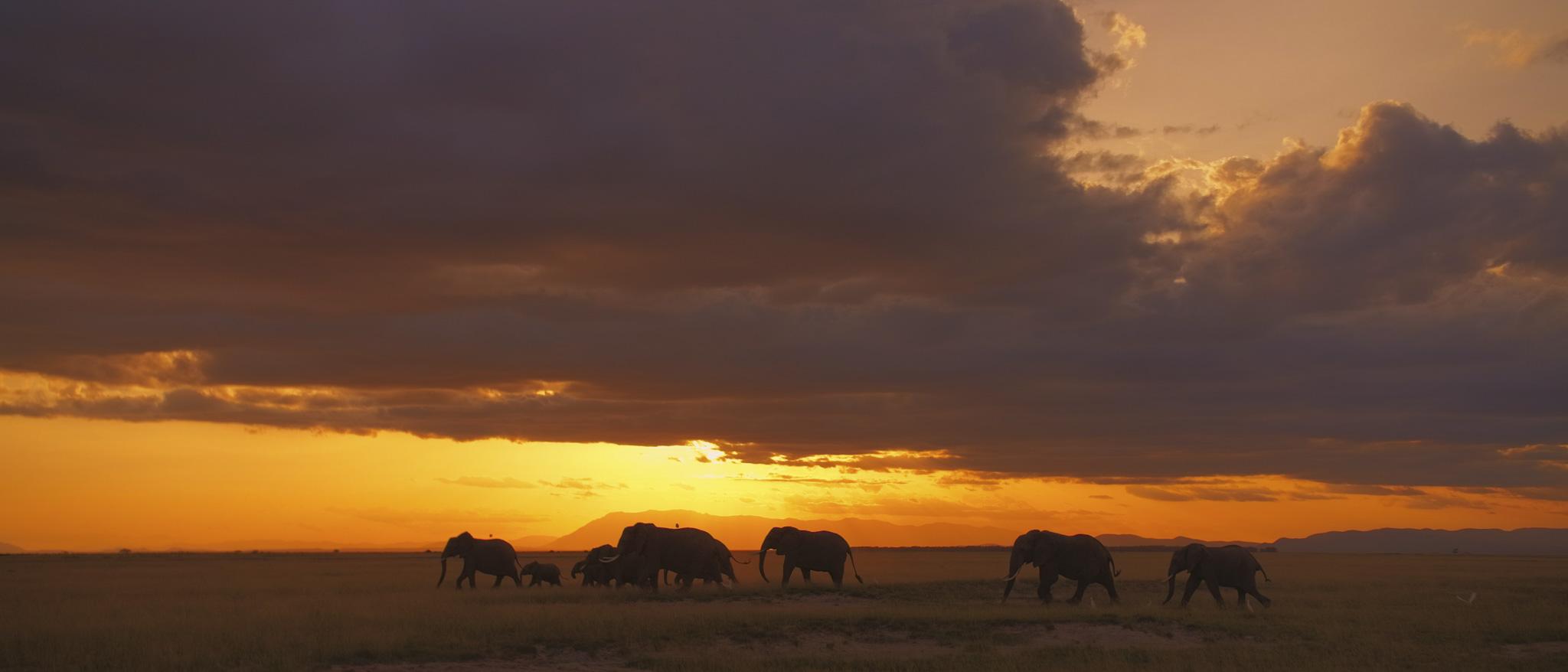
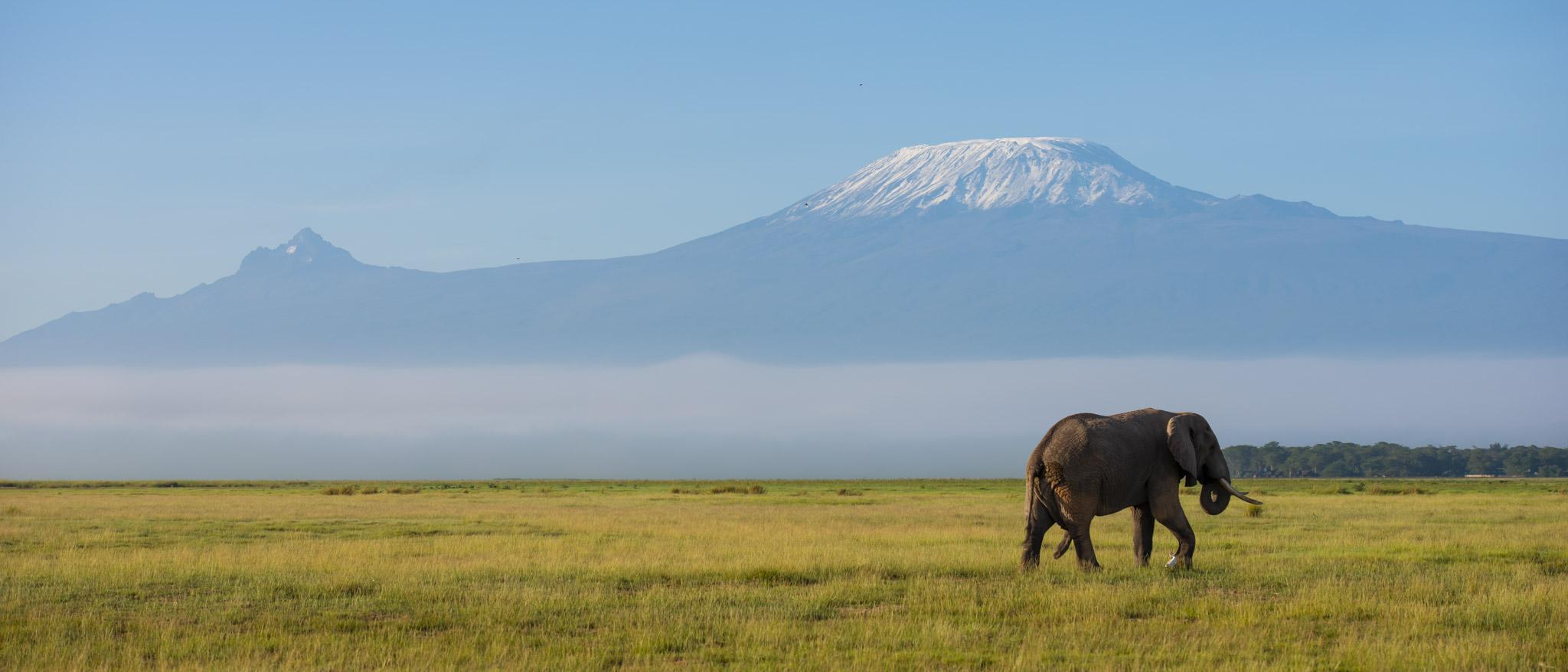

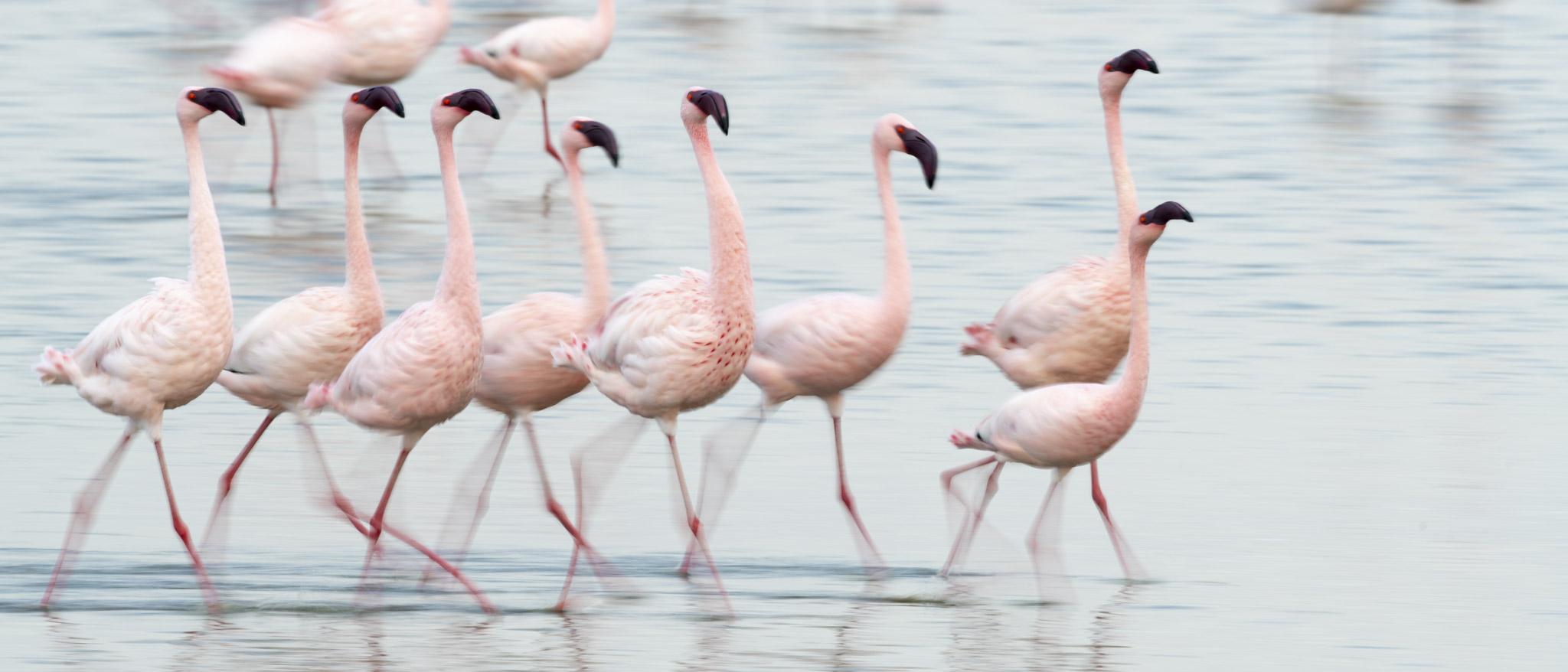
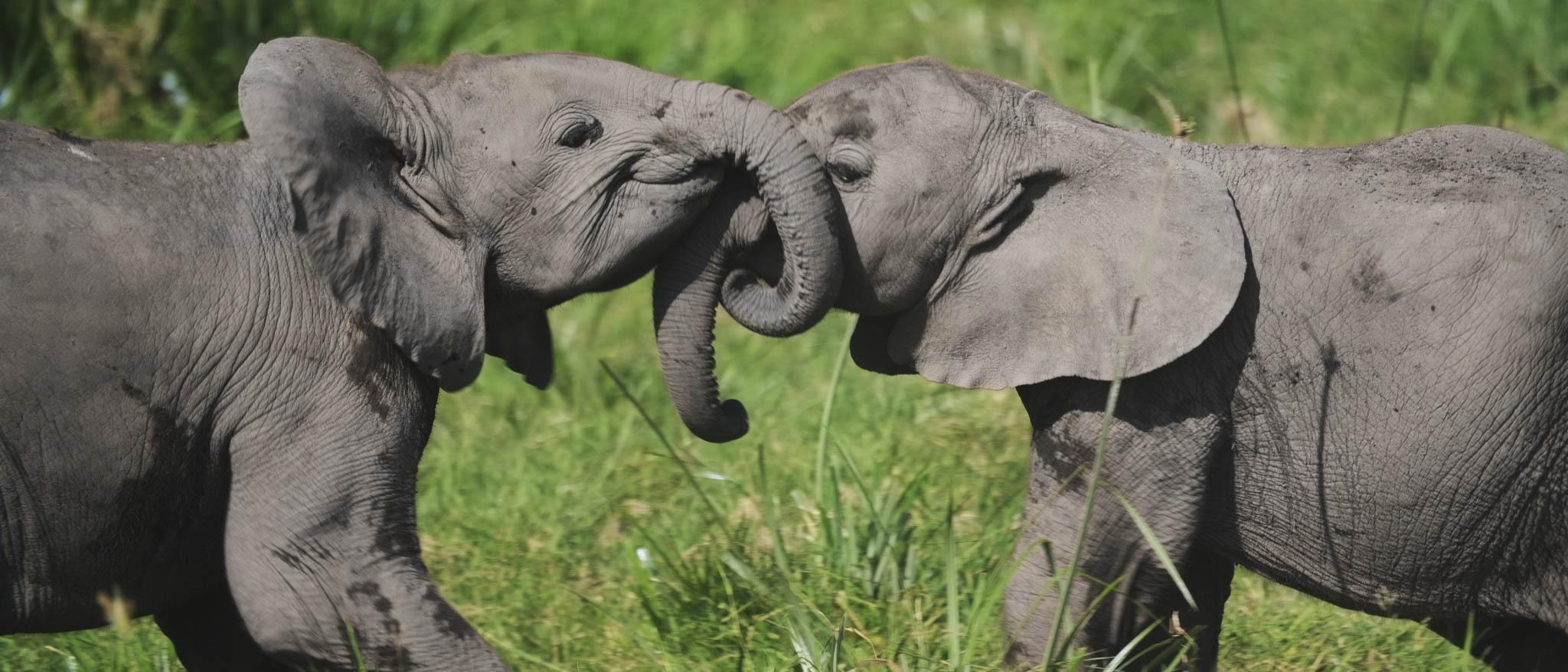
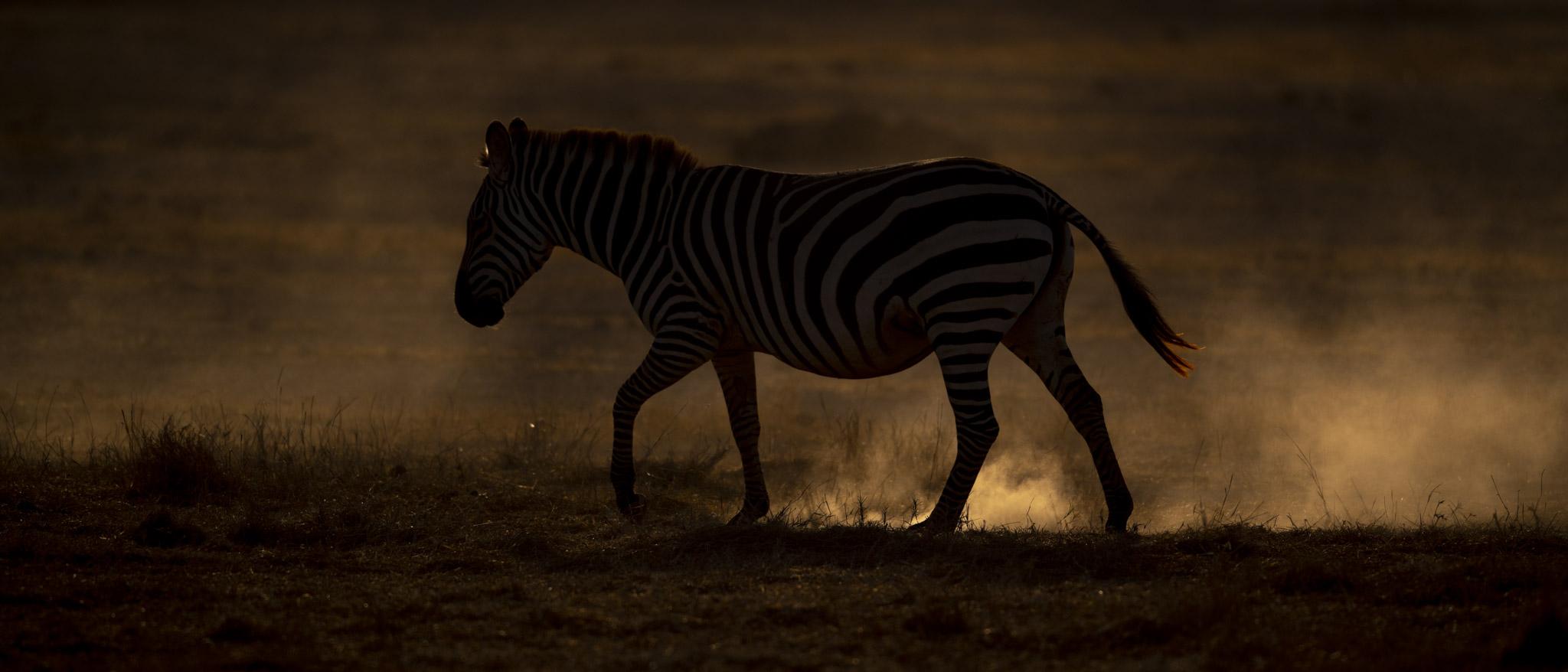

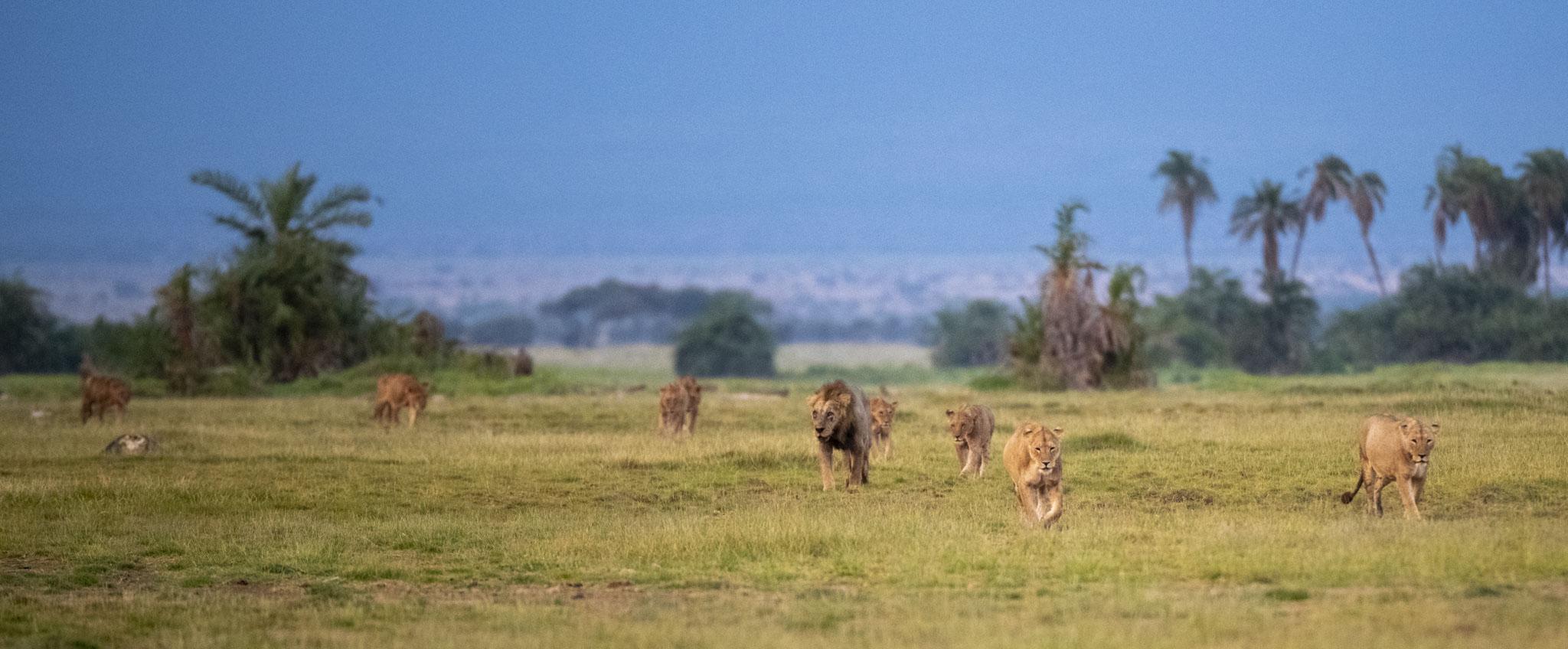

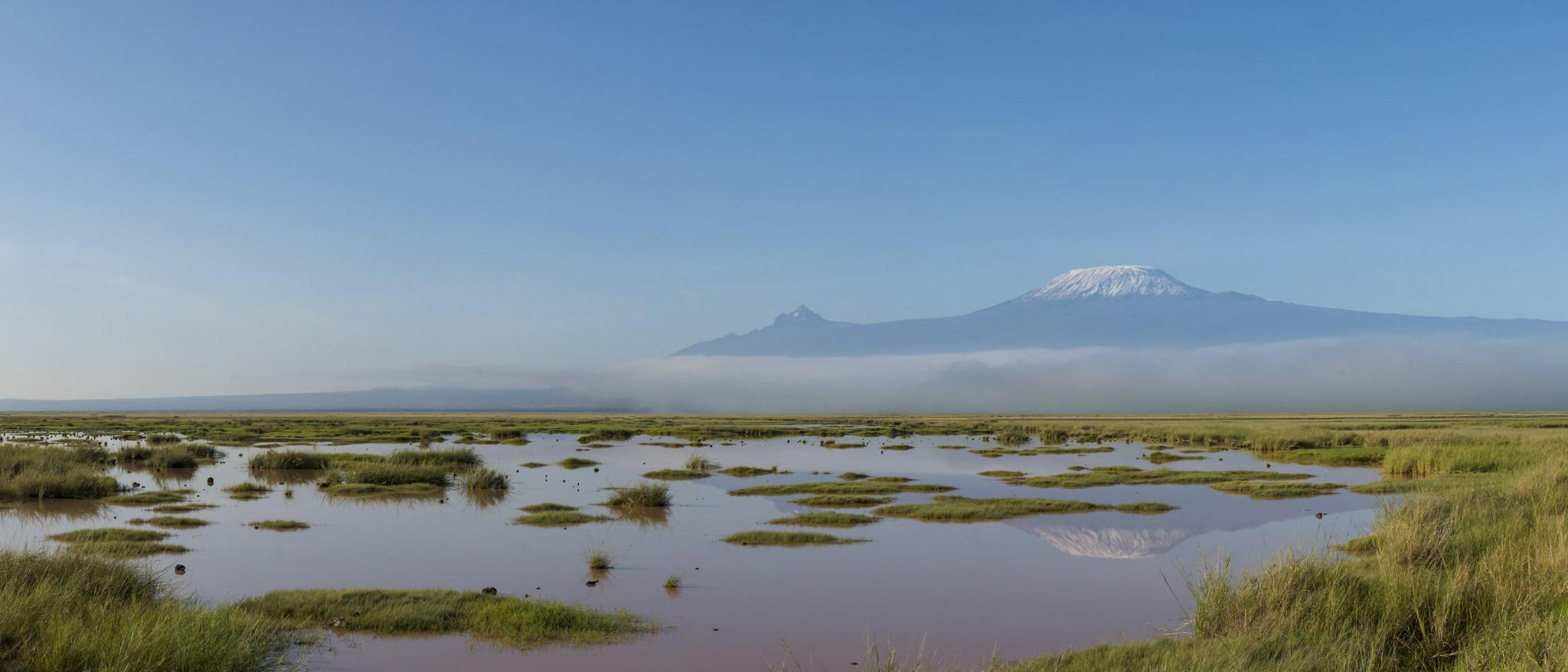
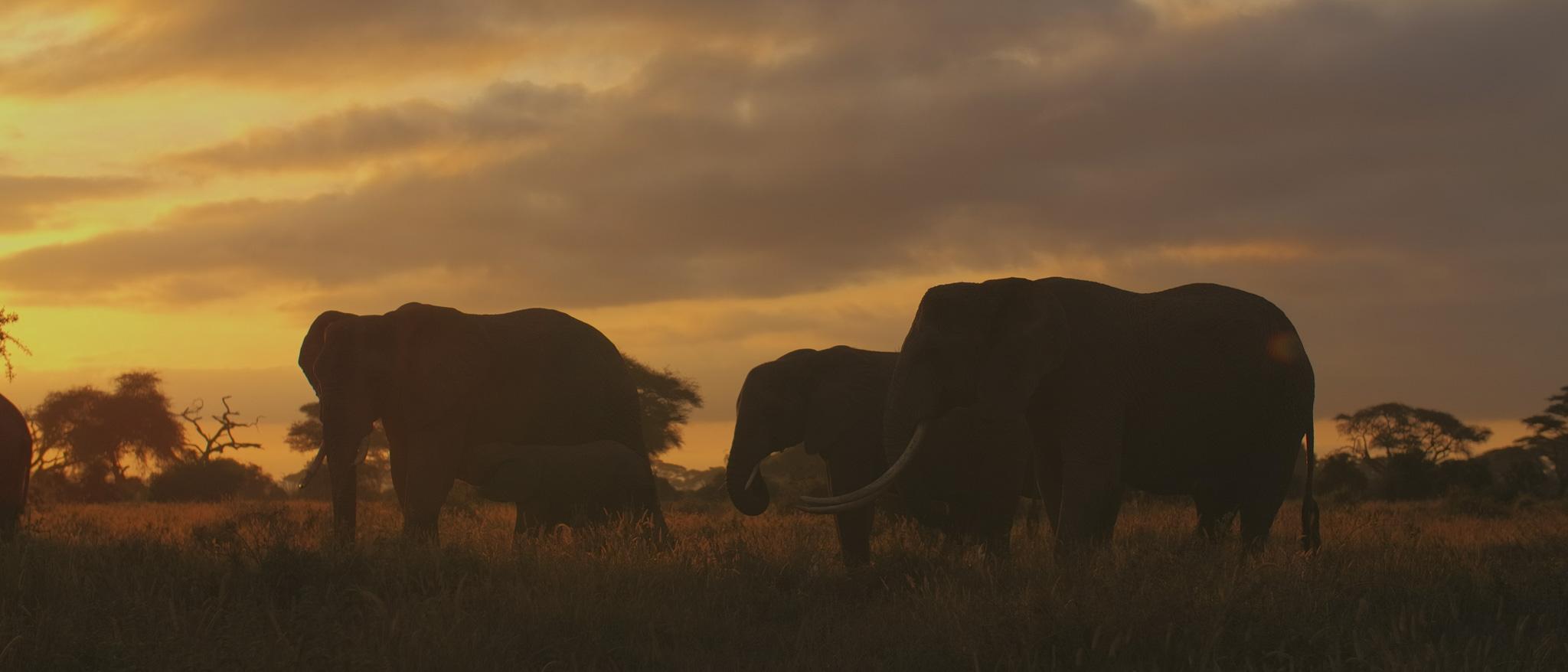
Located in Southwest Kenya is a unique vast area of approximately 5,700 km2 – THE AMBOSELI ECOSYSTEM. It stretches between the volcanic range of the Chyulus and the fauna-rich Tsavo West National Park all the way back to the Kenya-Tanzania savannah borderlands.
This semi-arid ecosystem is a delicate balance of ecological corridors and dispersal areas, with group ranches, conservation areas and at its epicenter the famous Amboseli National Park. With the diverse mix of habitats and dominated by the backdrop of Mt. Kilimanjaro, Amboseli is one of Africa’s most iconic landscapes.
The Amboseli Eco System is home to some of Africa’s last “Super Tuskers”. Big elephants with tusks reaching the ground. The Amboseli National Park and the surrounding conservancies offer the best chances to photograph these gentle giants.
Another photographic highlight of the Amboseli National Park is the mighty Mount Kilimanjaro. Africa’s highest mountain is over towering the savannah and offers fantastic motives for landscape photography. But not only that.
Amboseli National Park has an internal clock. As the big herds of elephants leave the park’s swamps at night, they will all travel back into the park when the sun rises over the mountain peak. Sometimes hundreds of elephants will travel together from the community areas into the park. You will have the chance of taking pictures of these elephants in front of Mount Kilimanjaro.
The park is also home for many different bird species including lots of flamingos and crown cranes. At the swamps you will find different king fishers including the beautiful Malachite Kingfisher. The big flocks of fishing pelicans can also be found in the southern swamps.
As the Amboseli Eco System is a mainly dry and vast area, you will find lots of opportunities of photographing dust devils and herds of elephants crossing the dried out lake bed of Lake Amboseli. There are rarely other places where you can get these kinds of iconic images than here in Amboseli.
Amboseli National Park is also home to a black Serval cat which is seen regularly in the swamps.
Photographic Highlights:
- Big herds of elephants
- Africas' last "Super Tuskers"
- Mount Kilimanjaro as a backdrop
- Dusty and vast landscapes
- Chances of photographing the black serval cat
- Lots of flamingos
- High number of different bird species
- Dust devils and elephants crossing Lake Amboseli
Season:
- You can visit the Amboseli Eco System all year round
- Chances of snow on Kilimanjaro are best during the rainy months
- Rainy season: April - July / October - November
Interested in visiting Amboseli?
Samburu
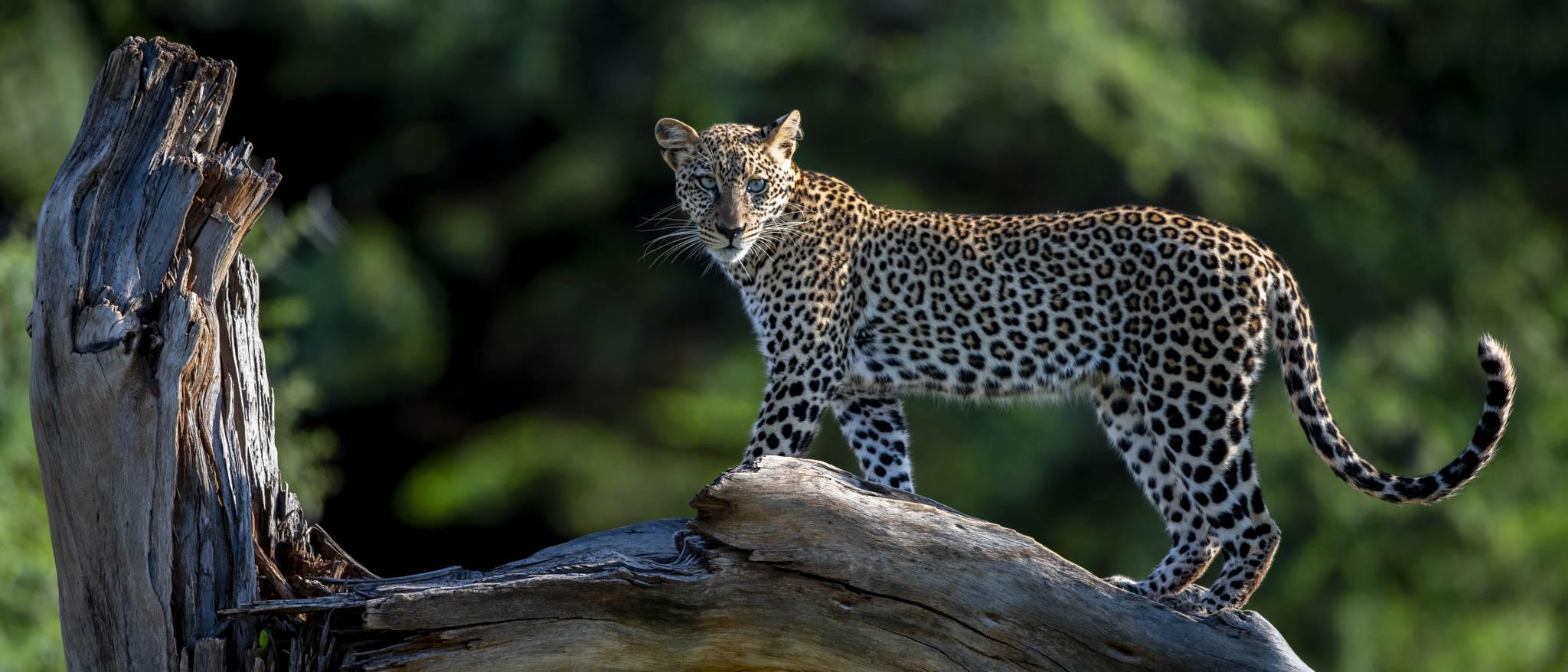
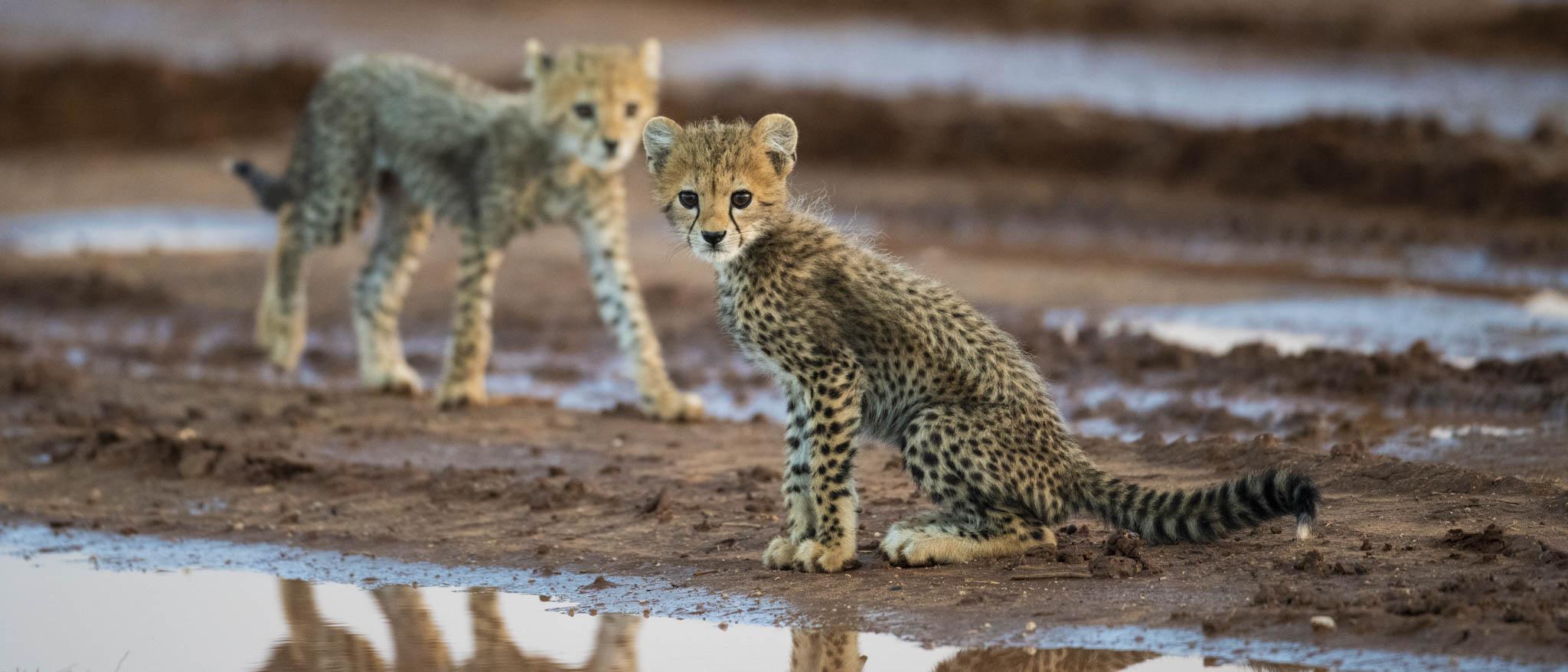
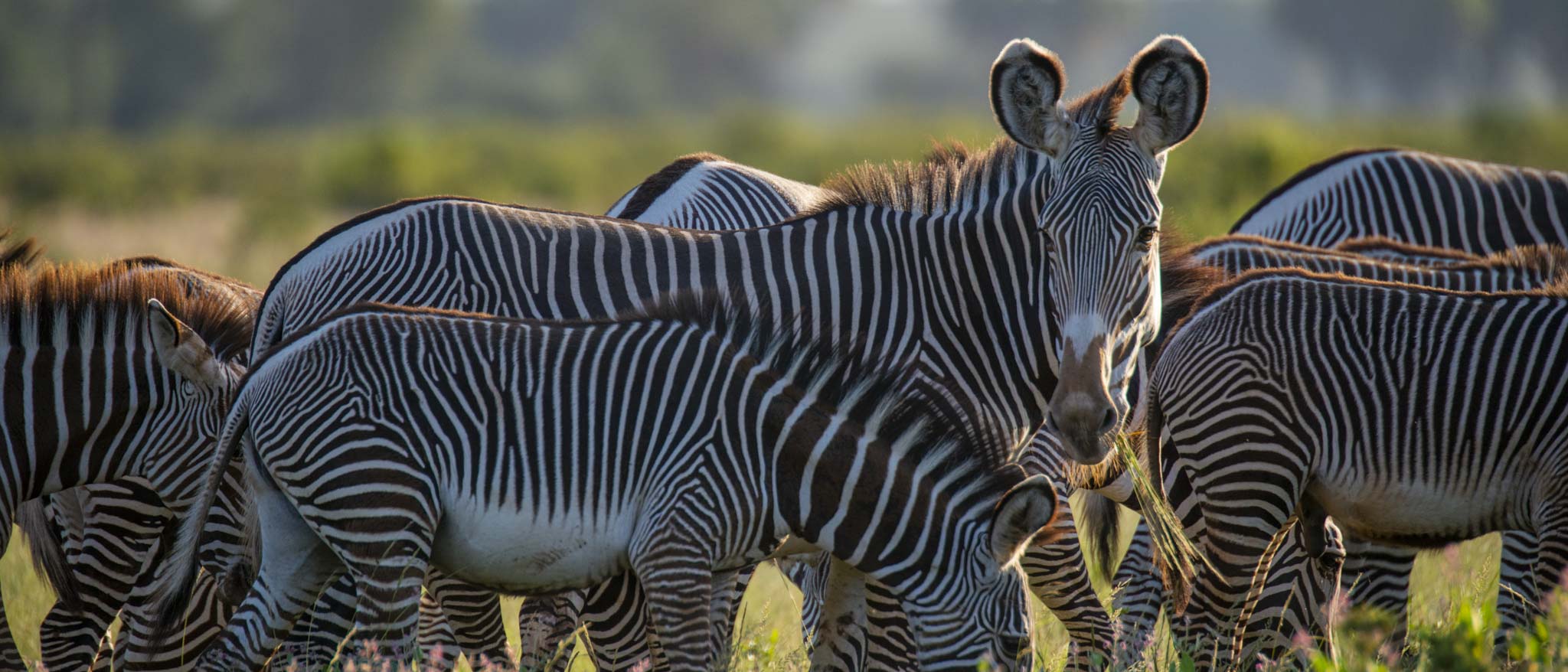

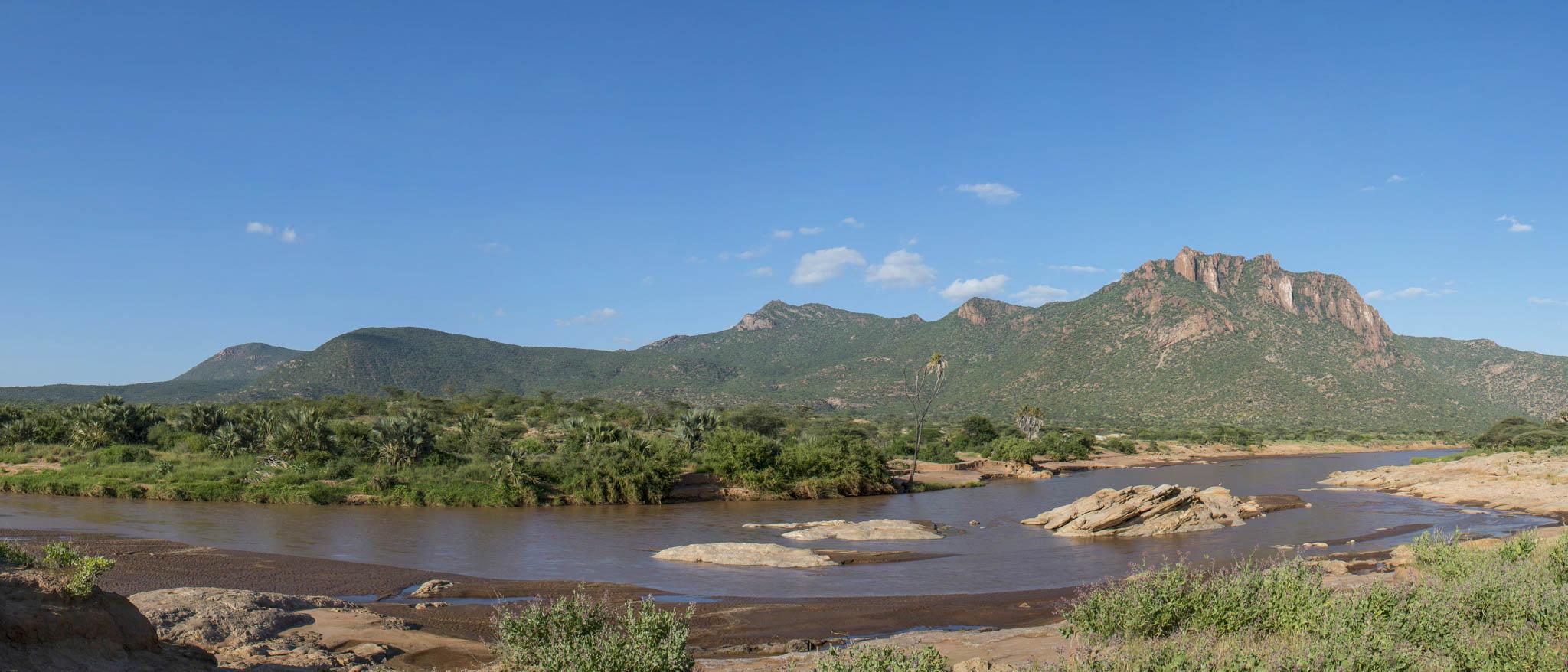
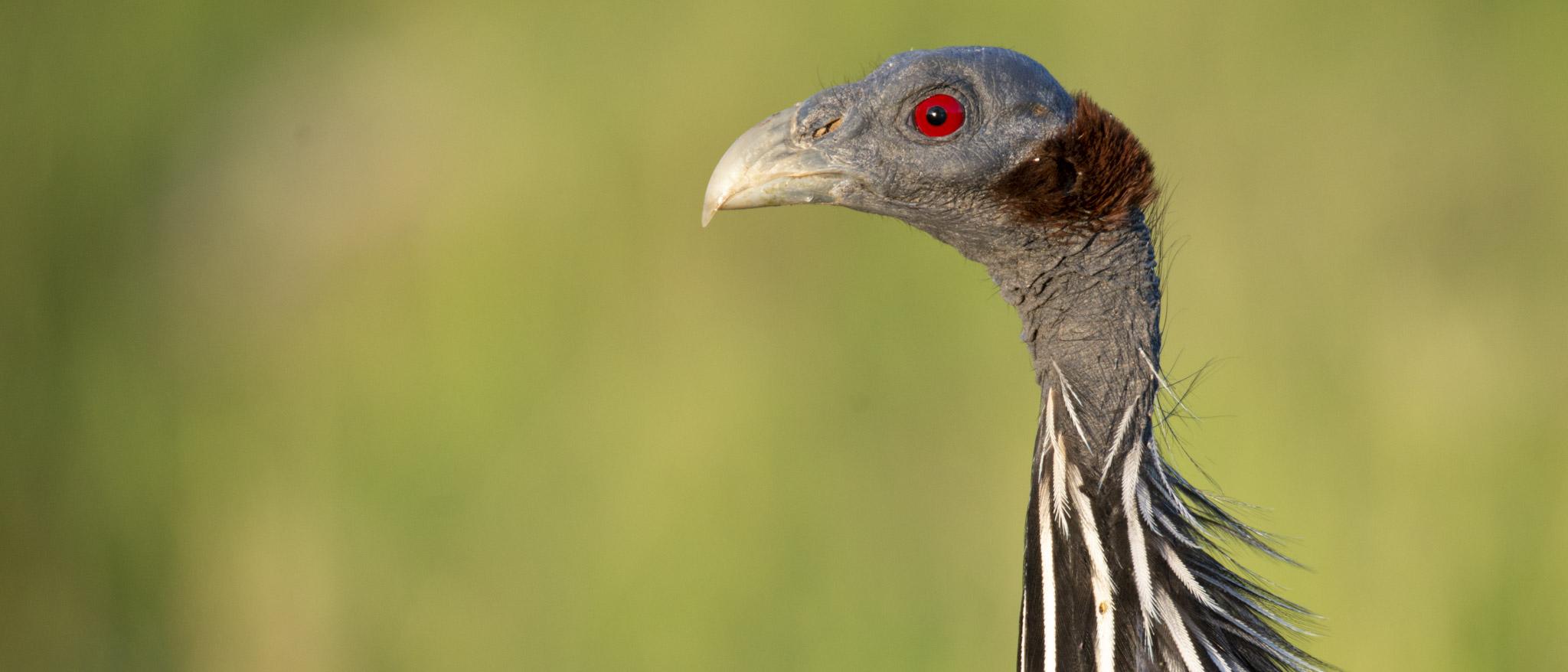
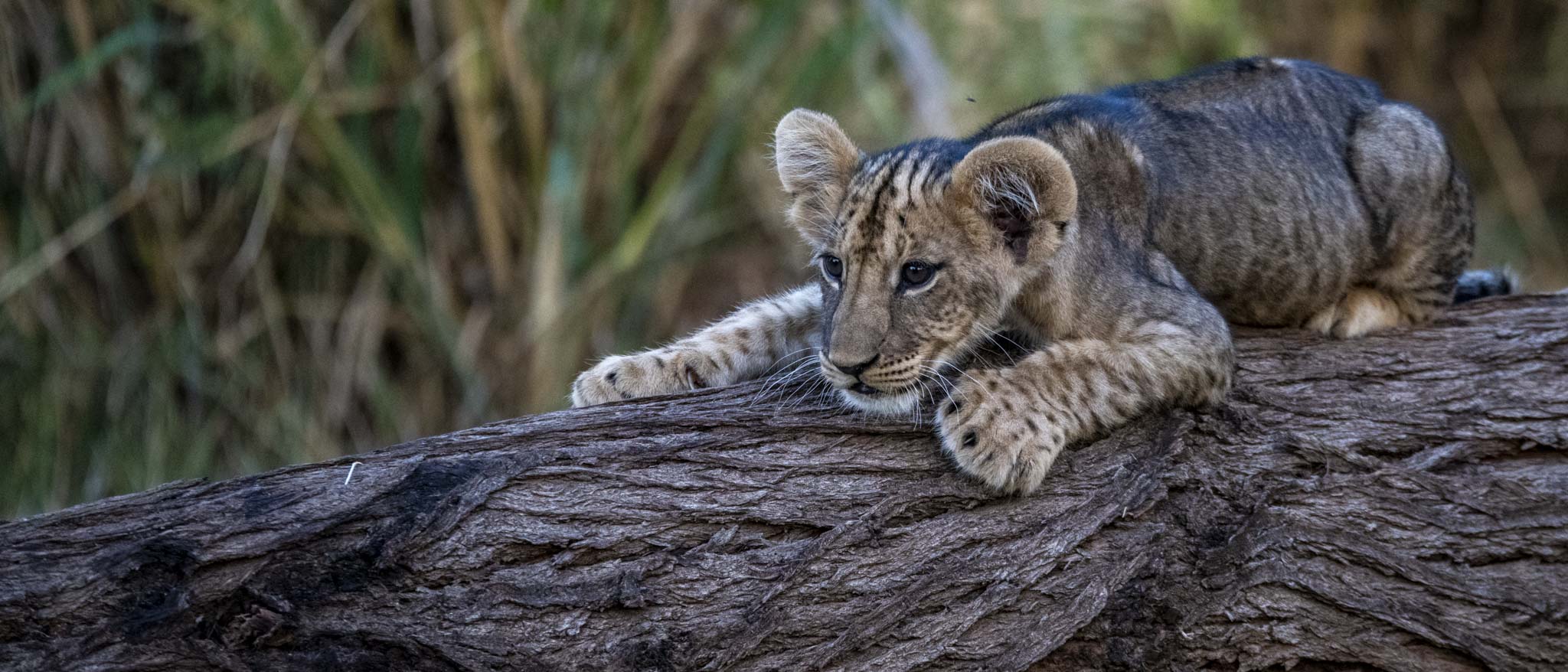
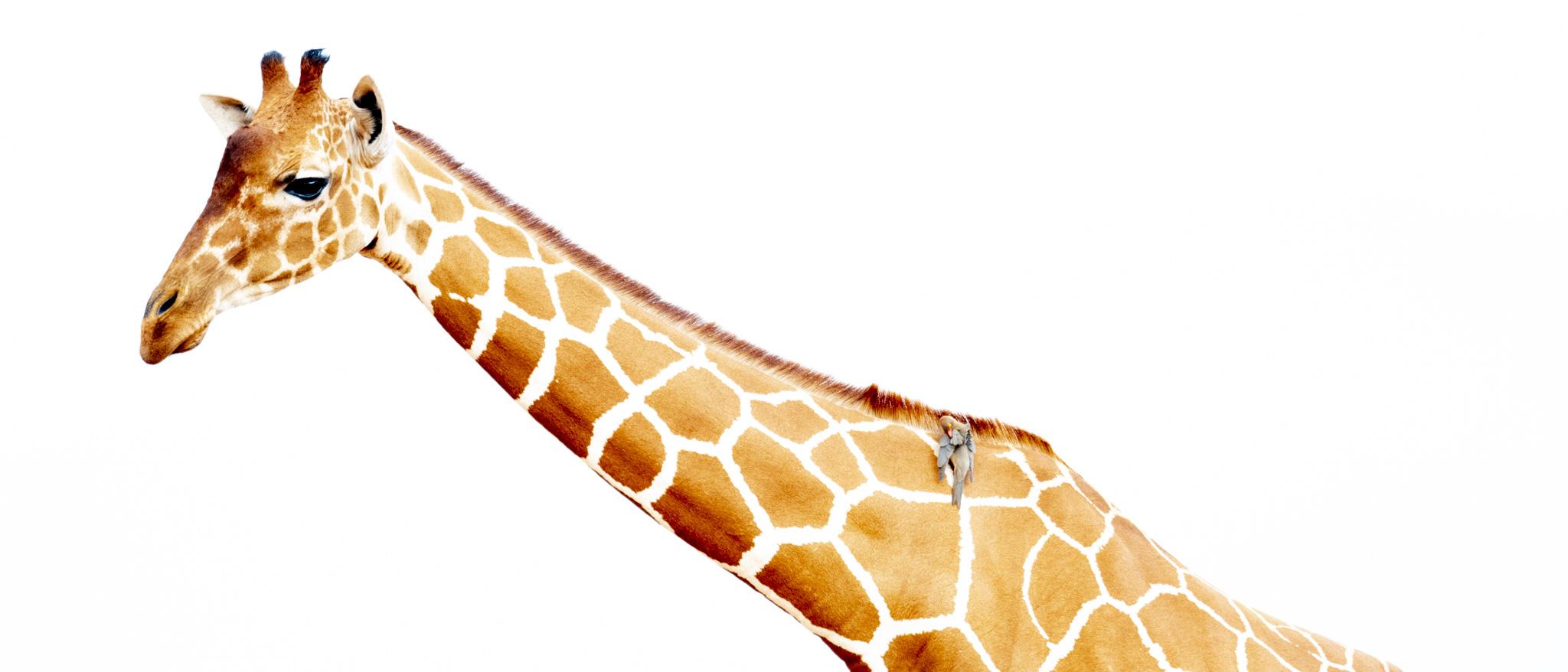
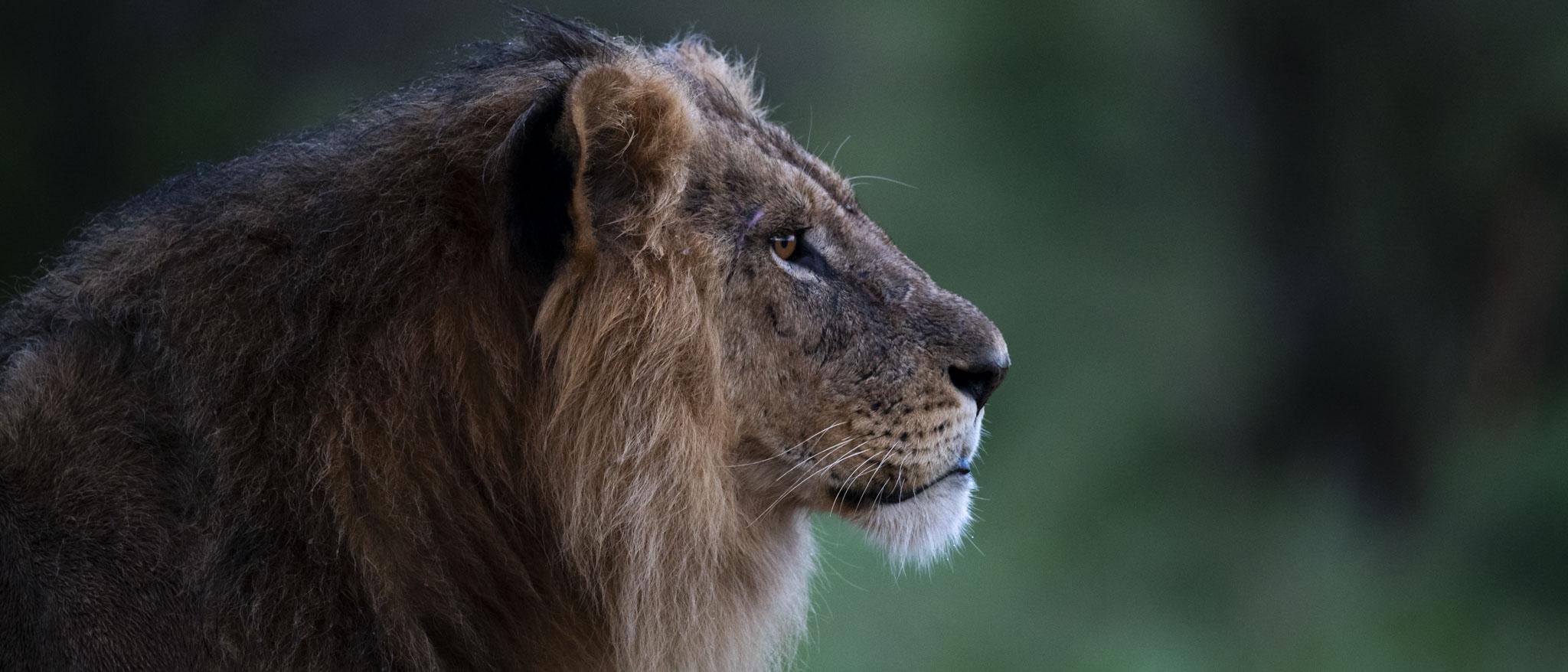
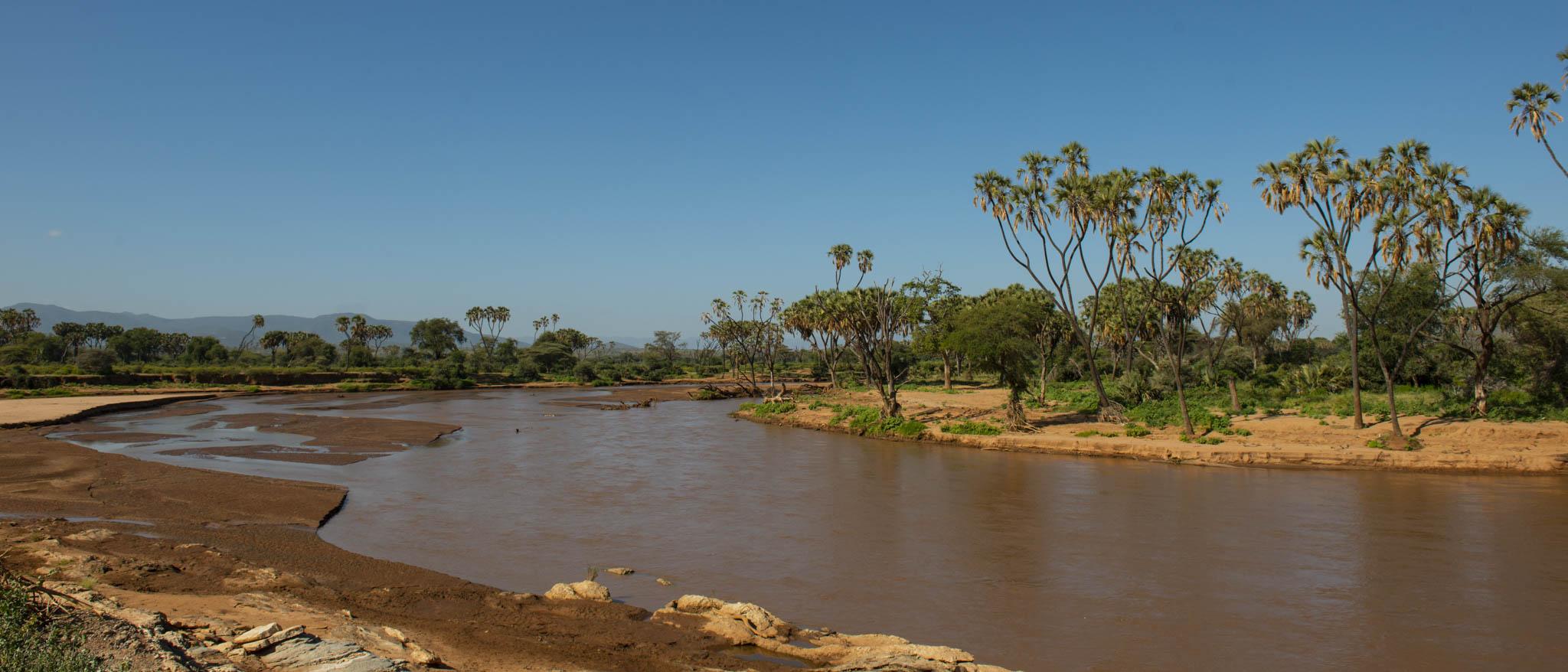
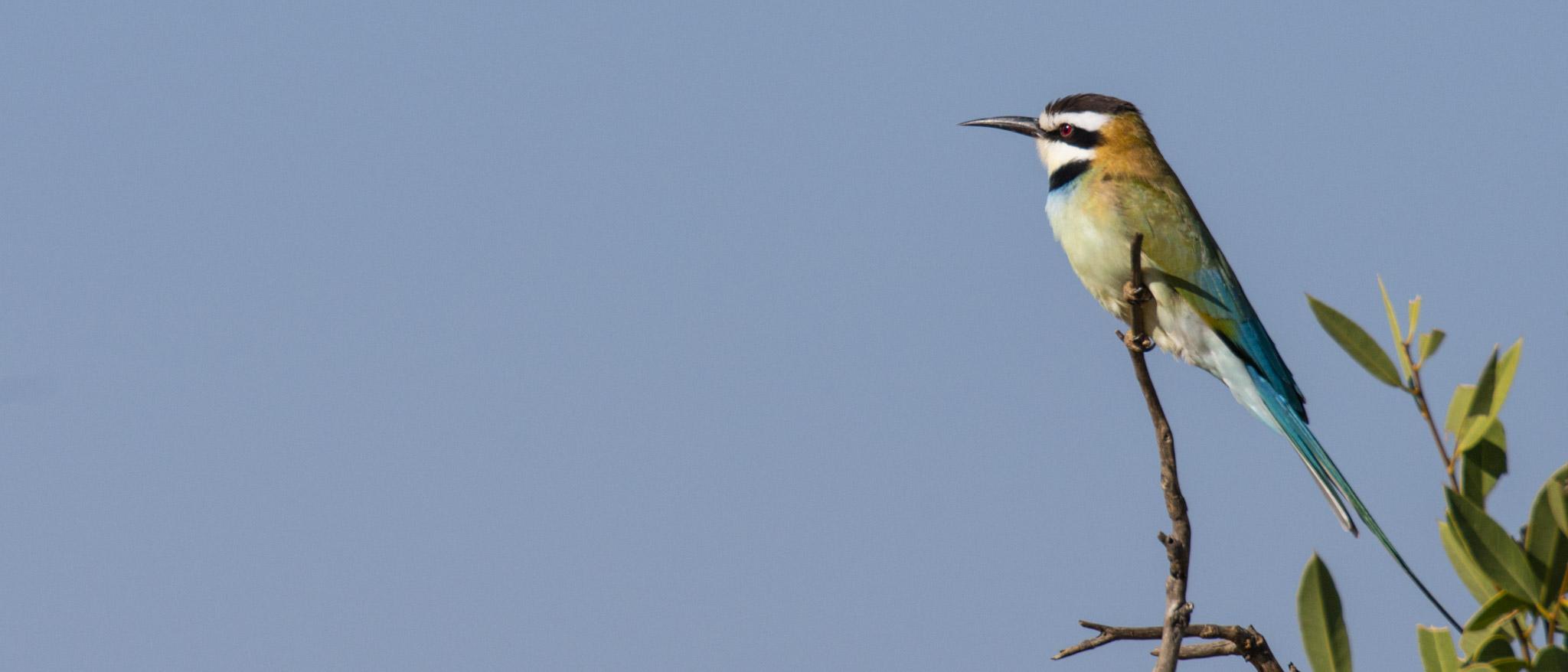
One of our favorite areas in Kenya is Samburu. Samburu lies north of Mount Kenya and offers some spectacular landscapes. It is also home to big numbers of elephants. The Samburu National Reserve is one of the few places in Africa where you can find animals only found at the Horn of Africa.
The Gravy Zebra is one of the unique animals you can photograph during your adventure in the north. This special zebra species is different to the common zebra. It is much bigger, has thinner stripes and big, round ears. The Gravy Zebra is unfortunately a highly endangered species and less than 3,000 remain in the wild today.
Other species which are endemic to Northern Kenya are the Somali Ostrich, the Somali Bee-Eater, the Vulturine Guinea Fowl and the Reticulated Giraffe. The Reticulated Giraffe is one of the three different giraffes here in Kenya. Its coat pattern has defined lines and their color is more reddishorange. In our opinion one of the most beautiful giraffes in Africa.
Samburu has some spectacular landscapes to offer. The wild semi-desert landscape has high rough mountain ridges, big rock formations and dry river beds with plenty of Duma Palms on the river’s edge.
The Samburu National Reserve has also a very high number of leopards. These leopards can be found regularly.
Sometimes you will find them resting on a fallen tree or relaxing at the river bed. As the river is the live line of the reserve, most of the action will happen closer to the river. Therefore, you will have high chances of finding the leopards during your adventure in Samburu.
Samburu’s elephants are really friendly. You will find different elephant families which come very close to your car, giving you the best chances of taking detailed shots of the eyes or the skin. The elephants are also crossing the river regularly. A special and spectacular photographic sighting is seeing the elephants crossing the river.
If you are looking for some special pictures of rare species in a wonderful landscape, Samburu is your place to go!
Photographic Highlights:
- High number of elephants
- Very high number of Leopards
- Elephants crossing the river
- Spectacular landscape
- Gravy Zebra
- Reticulated Giraffe
- Somali Ostrich, Somali Bee-Eater and Vulturine Guinea Fowl
- High number of different bird species
Season:
- You can visit Samburu all year round
- Rainy season: April - July / October - November
Interested in visiting Samburu?
Tsavo East & West National Park
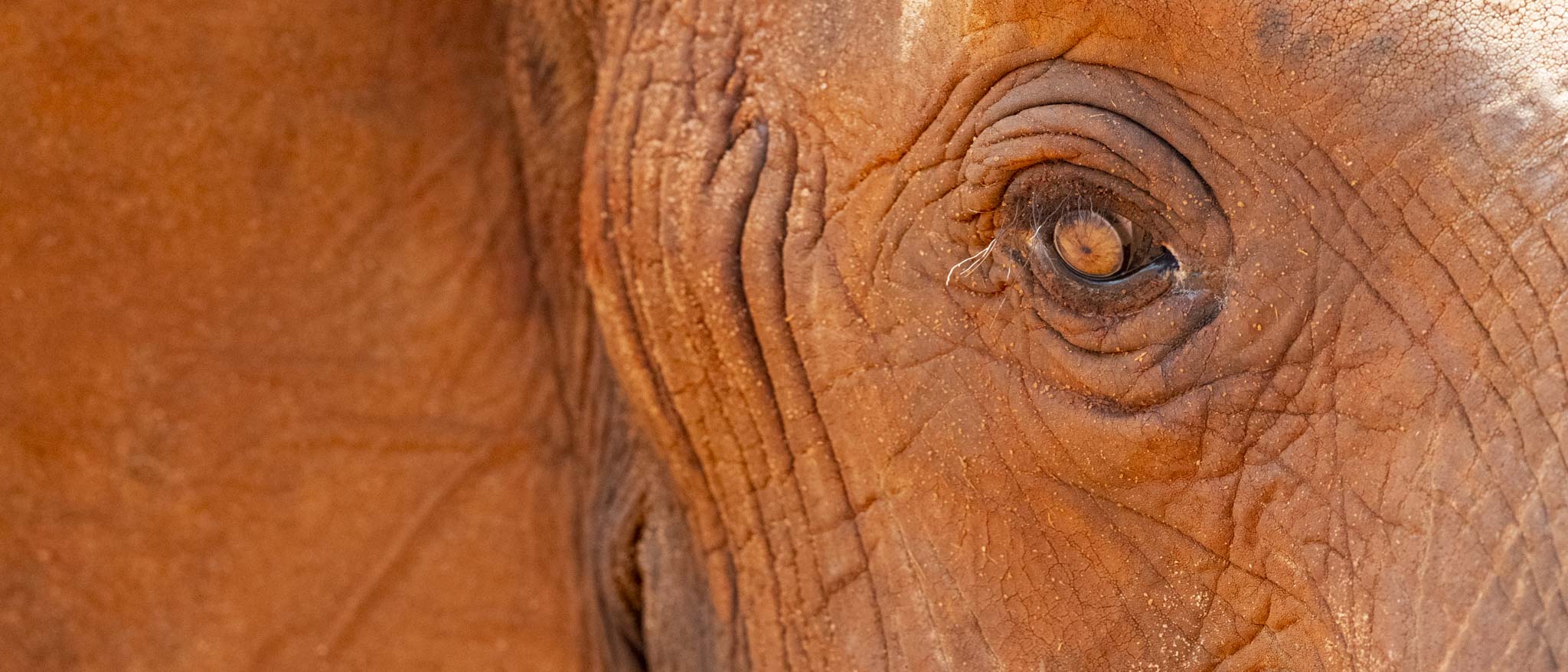
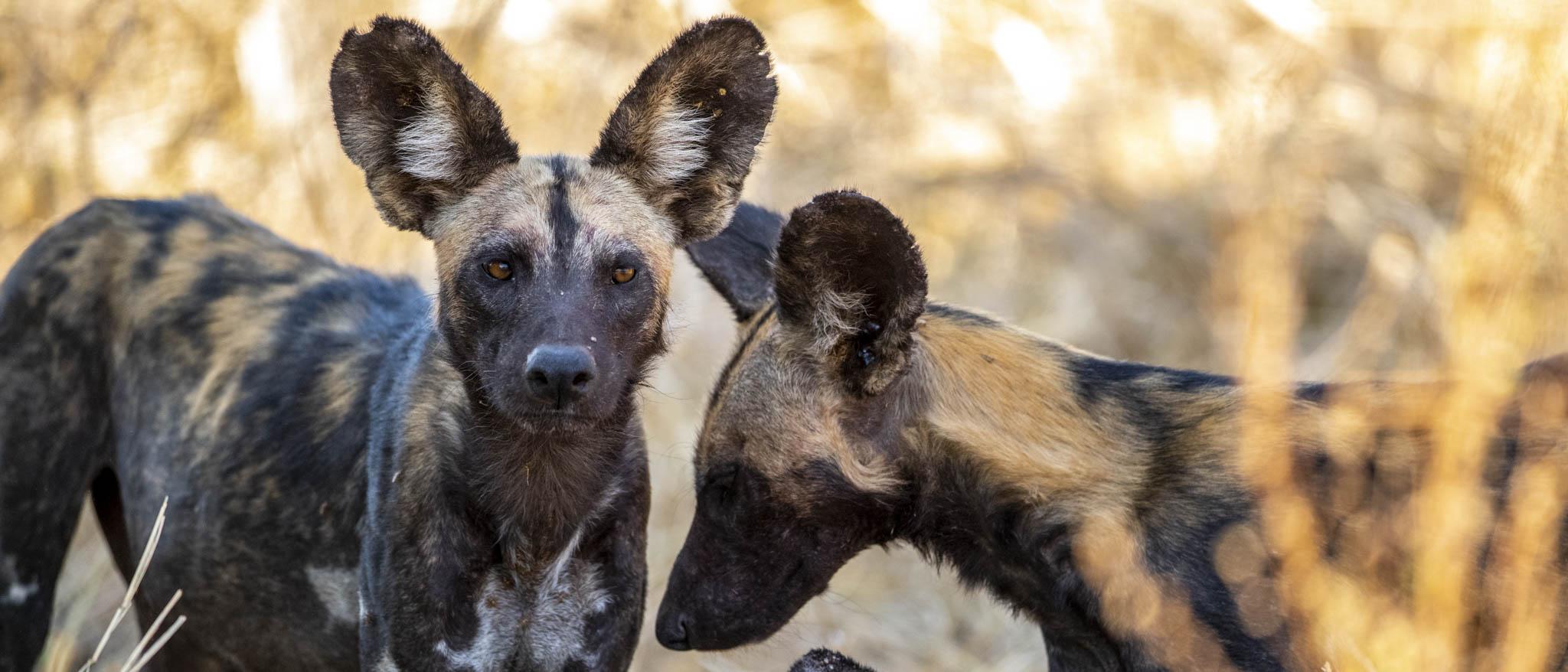
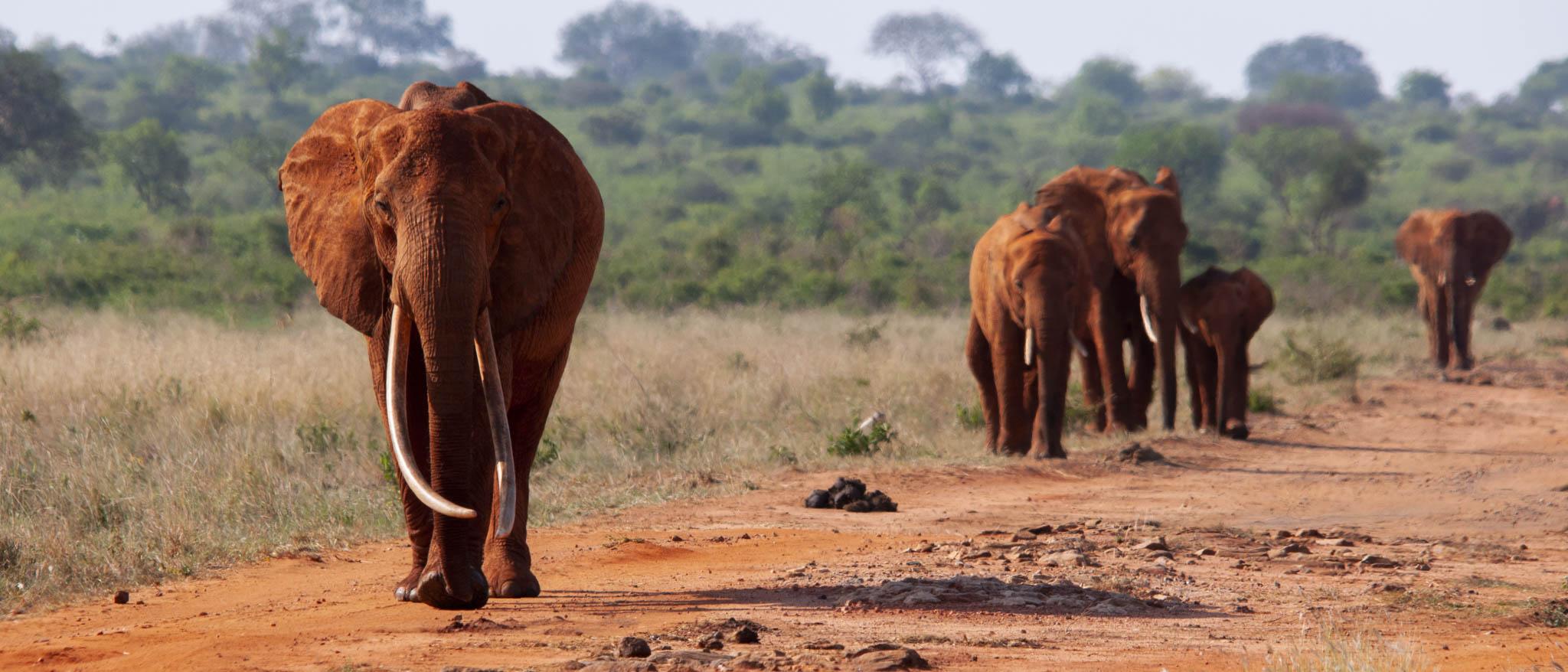
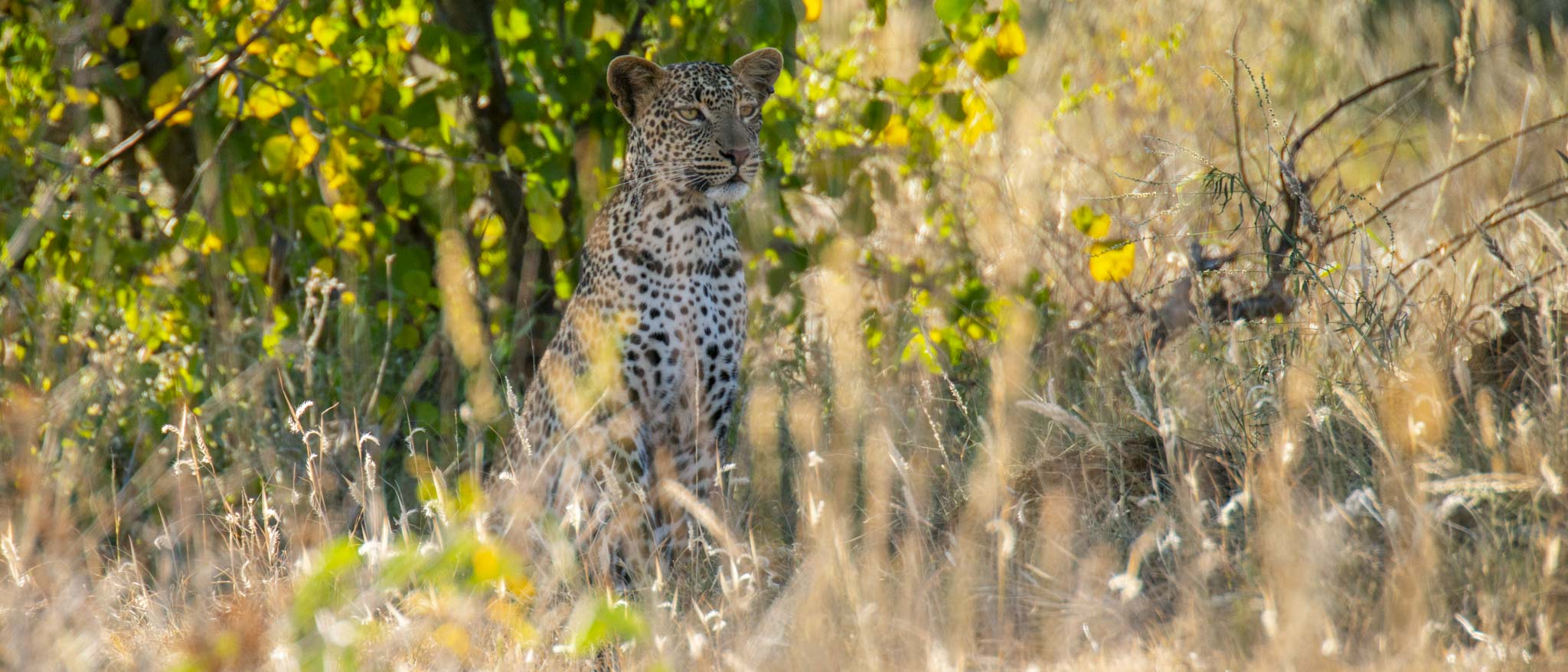
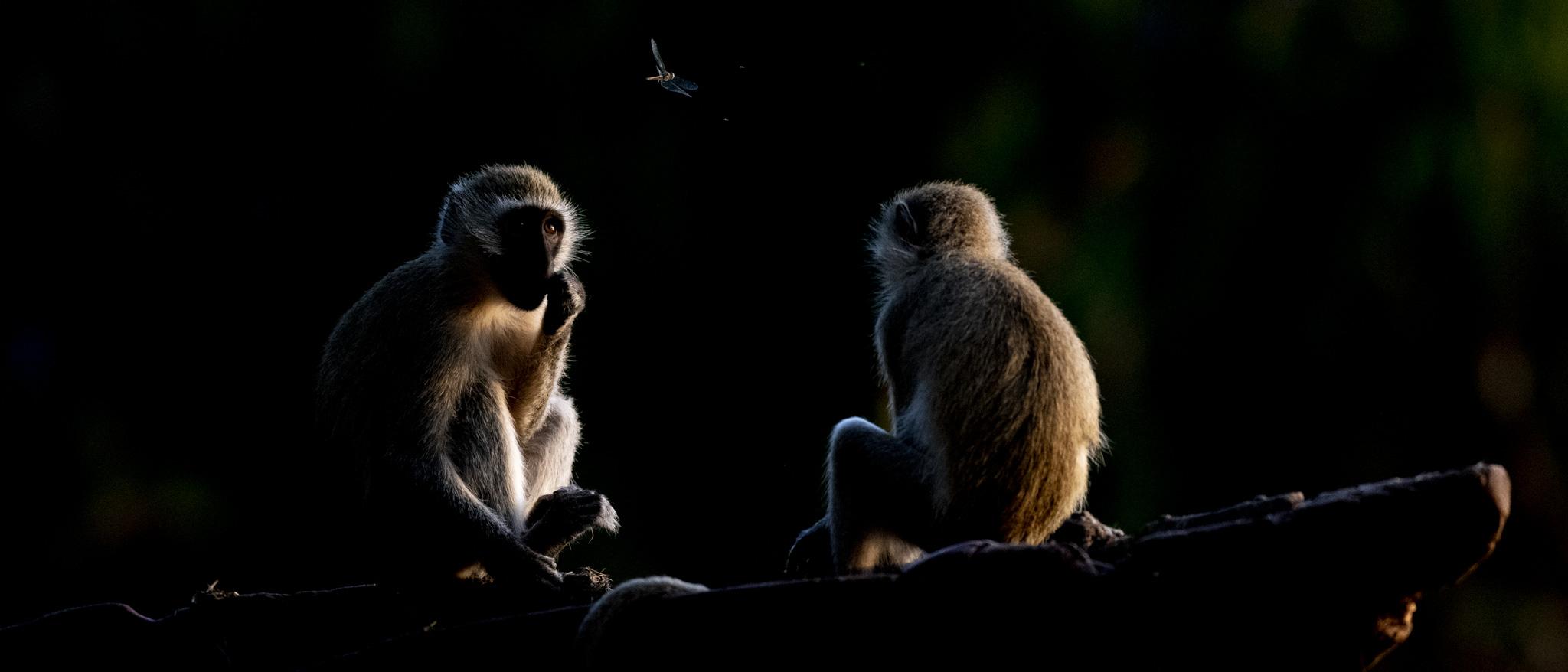

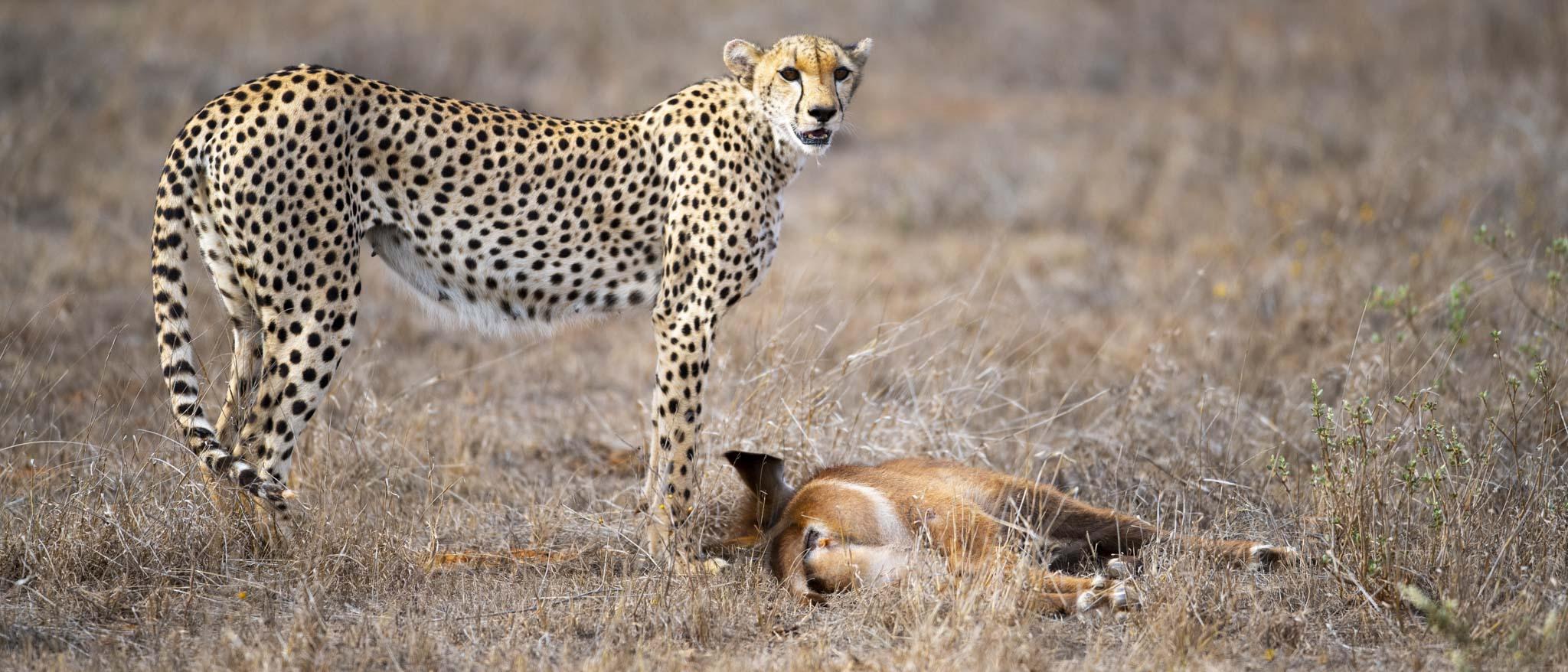

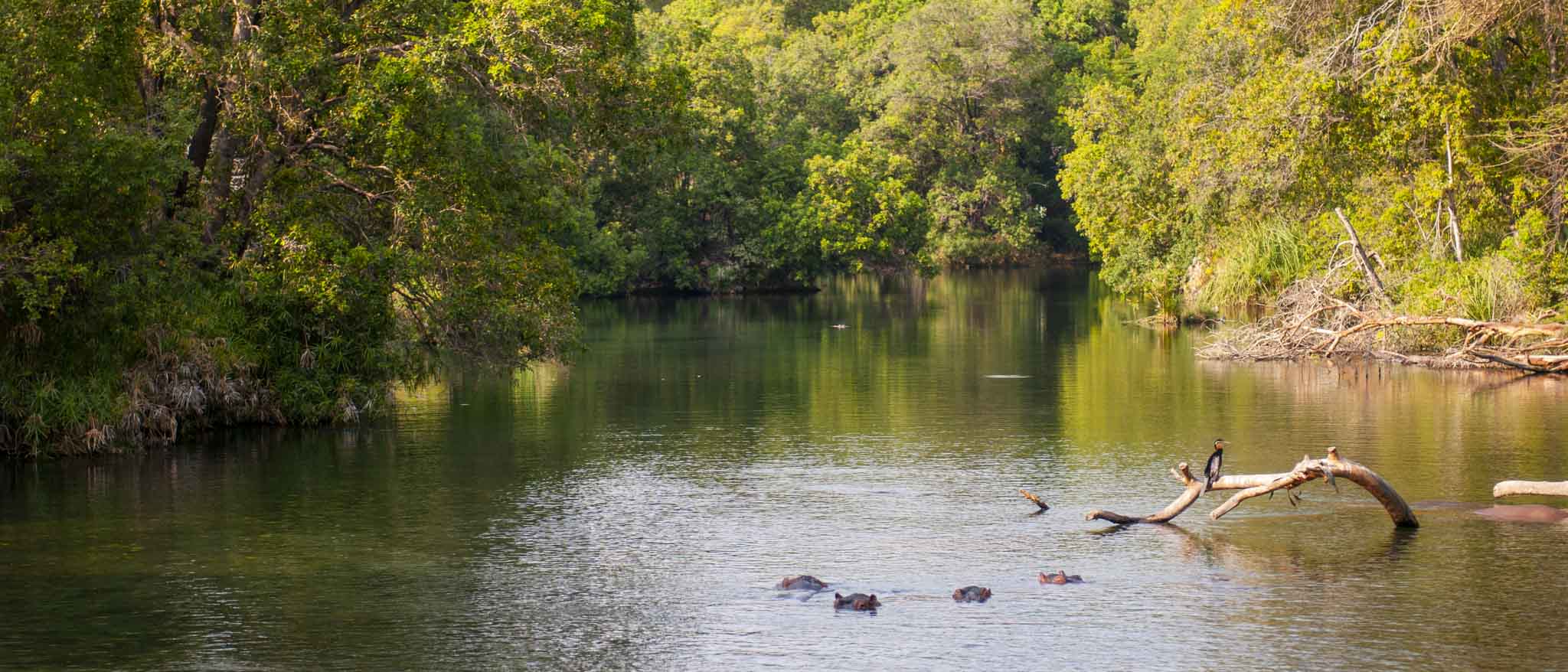
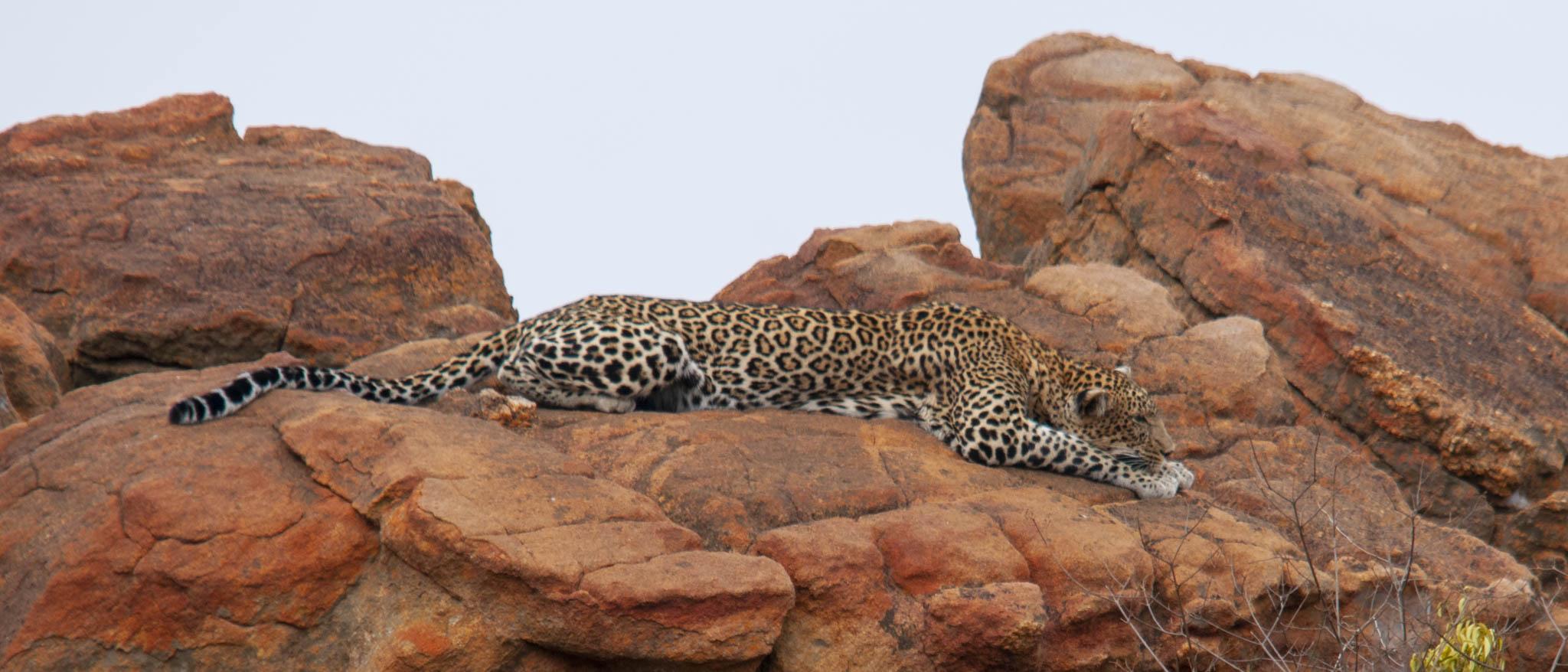
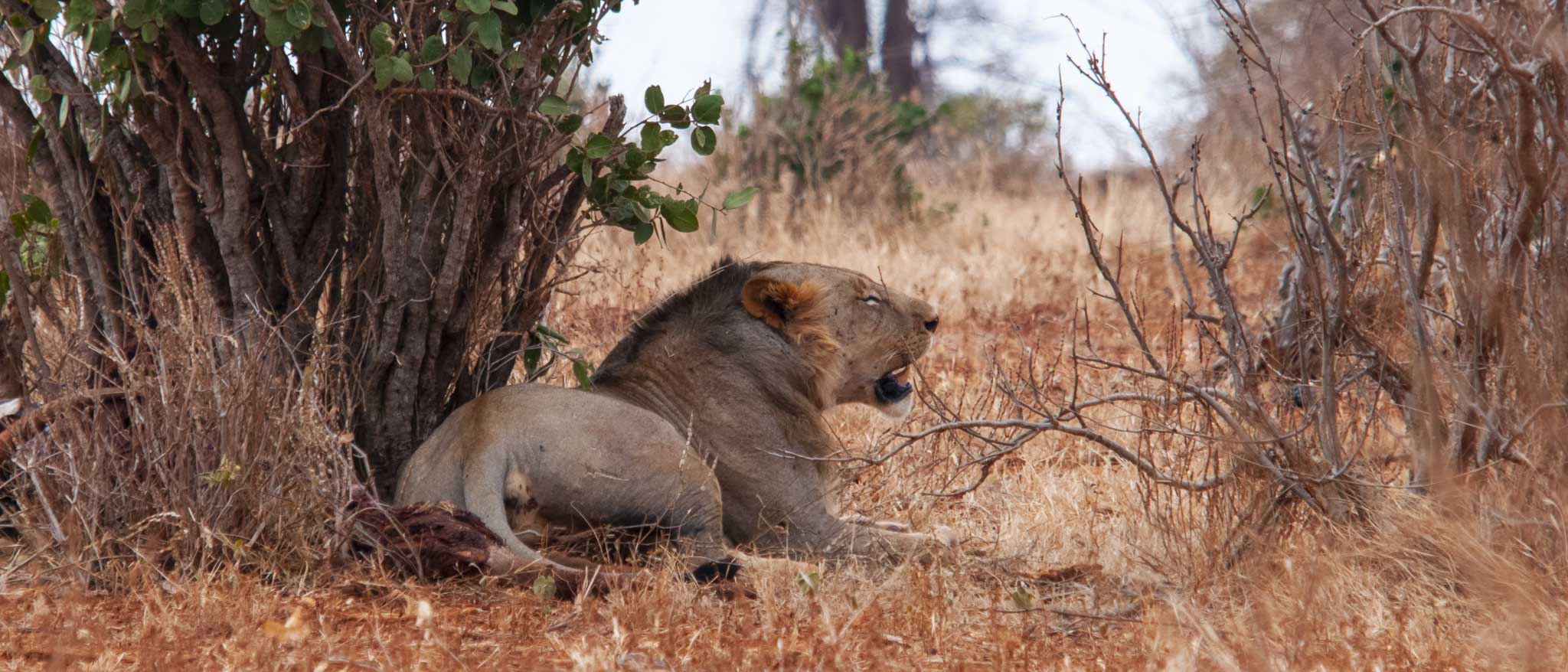
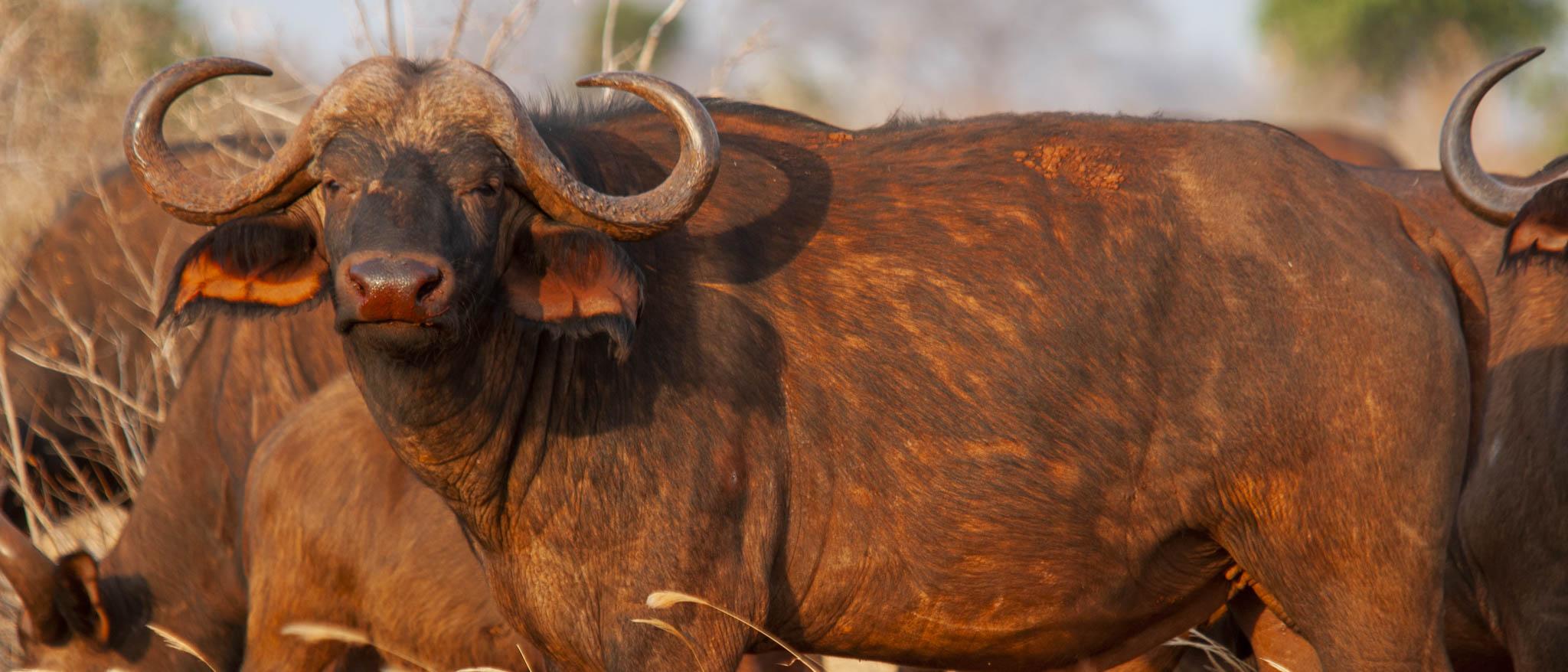

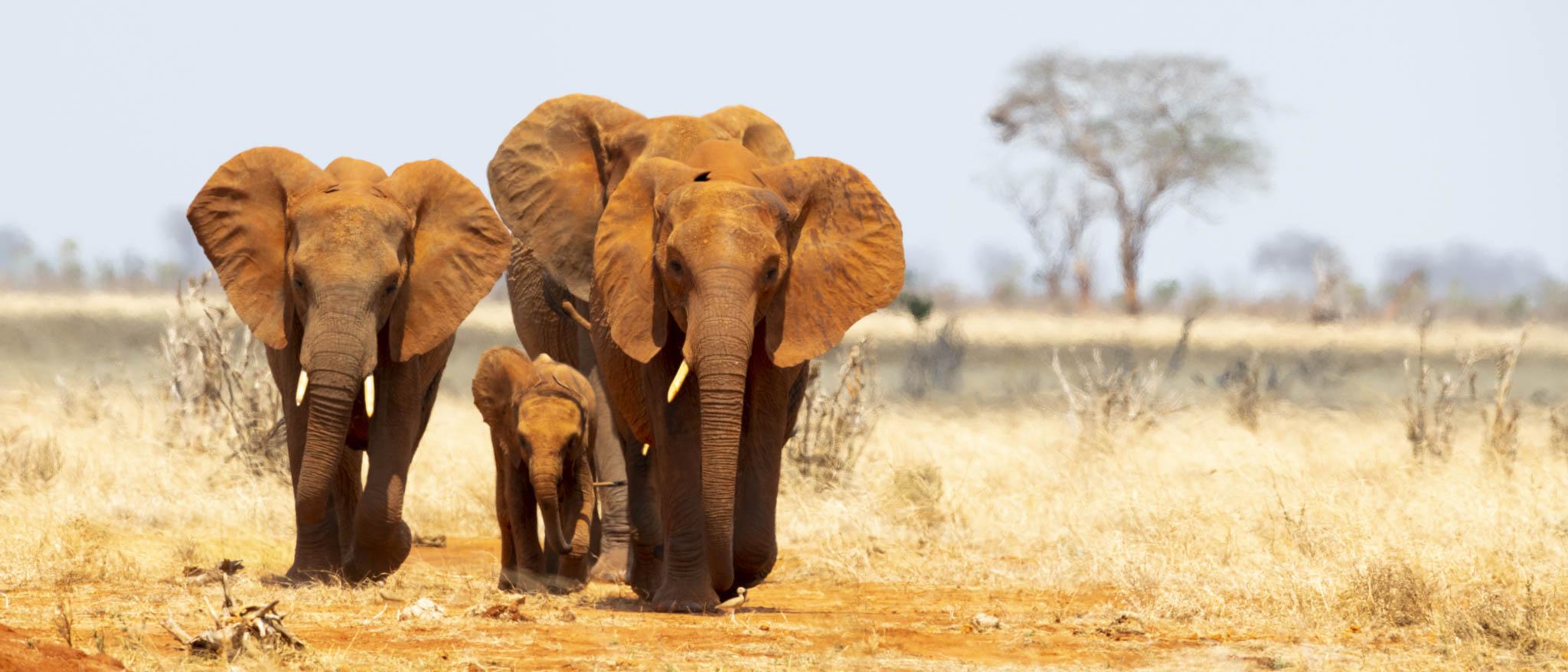
The Tsavo East and West National Park are the biggest National Parks in Kenya. The total size of both parks combined covers almost 23,000 square kilometers. The parks are mostly known for its red elephants and the man-eating lions during the construction of the old Mombasa – Nairobi railway.
Both the parks have a very big number of elephants. Including some of the last remaining “Super Tuskers”. Due to the red soil of the area, the elephants of Tsavo appear red in color.
Compared to other areas in Kenya, the Tsavo National Parks has savannah areas but most of the park are semi-arid, bushy areas. The parks are home to lions, leopards, cheetahs, black rhinos and also African Wild Dogs. The Wild Dogs and Rhinos are mostly found in Tsavo West National Park.
Both parks have their own special landscapes. Tsavo East is a flatter and bushier park with the great Galana River on its northern border. The park has also some rivers and a semi swamp area near Voi. This area is normally really good for elephants and lions.
The Tsavo West National Park has more mountains and some nice valleys where you have chances to see the Black Rhino. Though the rhinos are very shy, you never know what you will get at the end. In the middle of the Tsavo West National Park lies the Mzima Springs. A crystal-clear spring which is home to plenty of fish species, hippos and lots of water bird species. Definitely one of the parks highlights.
Tsavo West has spectacular landscapes to offer. Including big lava streams, high mountain ridges, open savannahs and dense forests. Its remoteness is one of the reasons we love the park so much. During your adventure you get the real feeling of the African Wilderness!
During our visits to Tsavo West, we have realized the high number of leopards. They are sometimes not easy to find, but chances are high if you put your focus on finding them.
Given the fact that both the parks are so big, you will have very few light pollutions in the parks. This will give you perfect conditions for star photography. If you are into star photography, we will plan your trip according to the new moon phase.
Photographic Highlights:
- Lots of elephants
- Africas' last "Super Tuskers"
- Red colored elephants
- Spectacular Landscapes
- Good Leopard population
- Chances of photographing African Wild Dogs
- Cristal clear Mzima Springs
- Star Photography
Season:
- You can visit the Tsavo National Parks all year round
- Chances of snow on Kilimanjaro are best during the rainy months
- Rainy season: April - July / October - November
